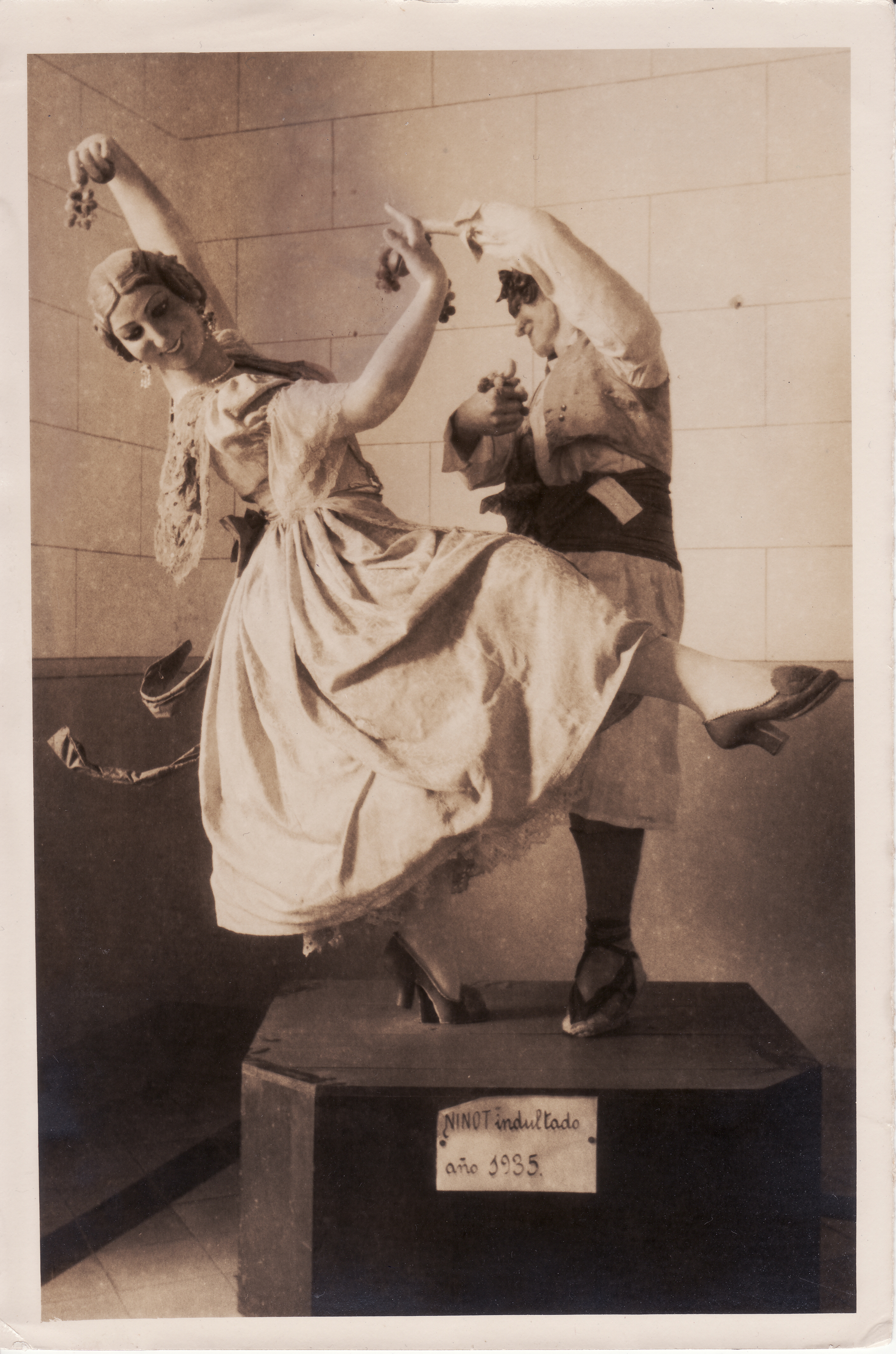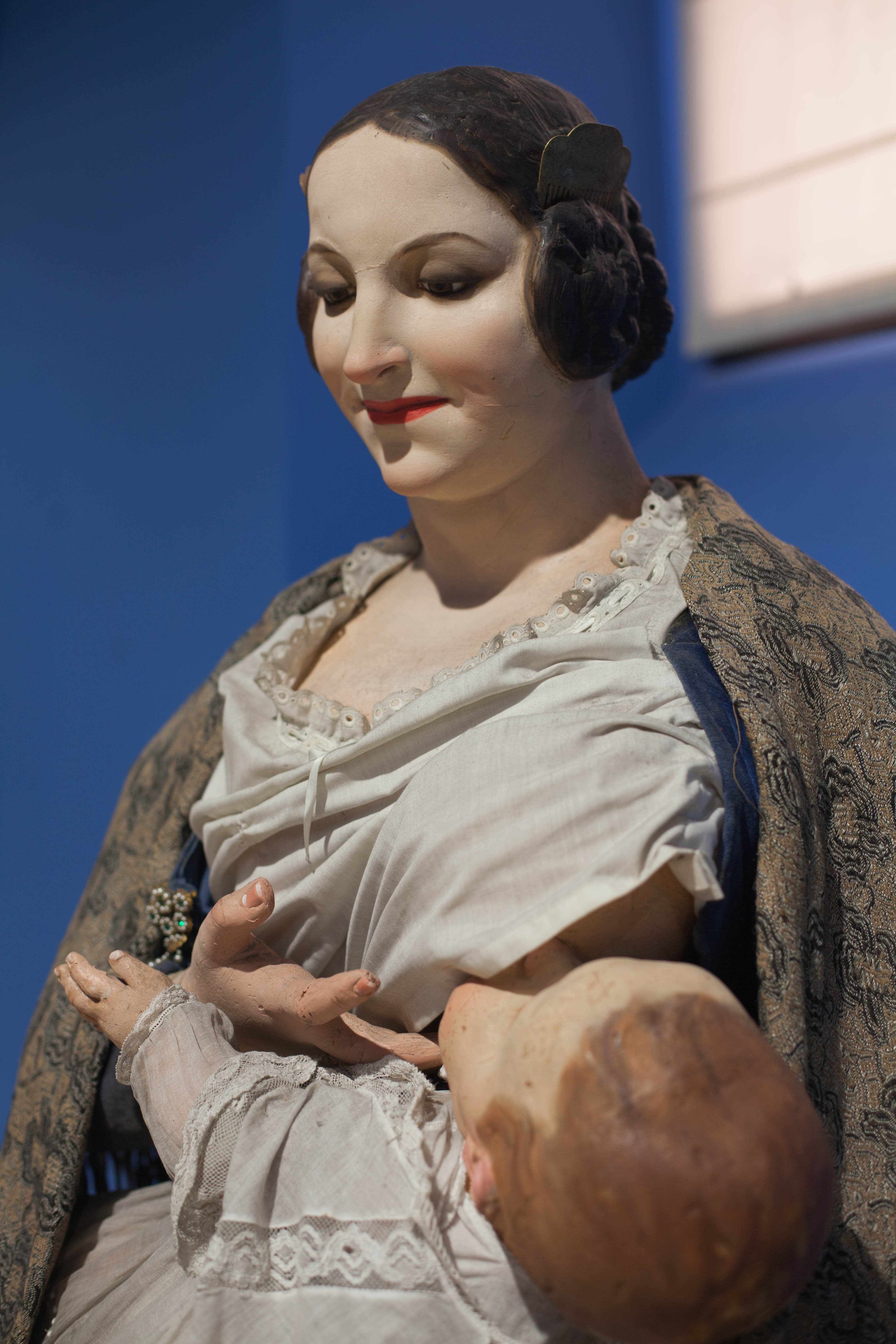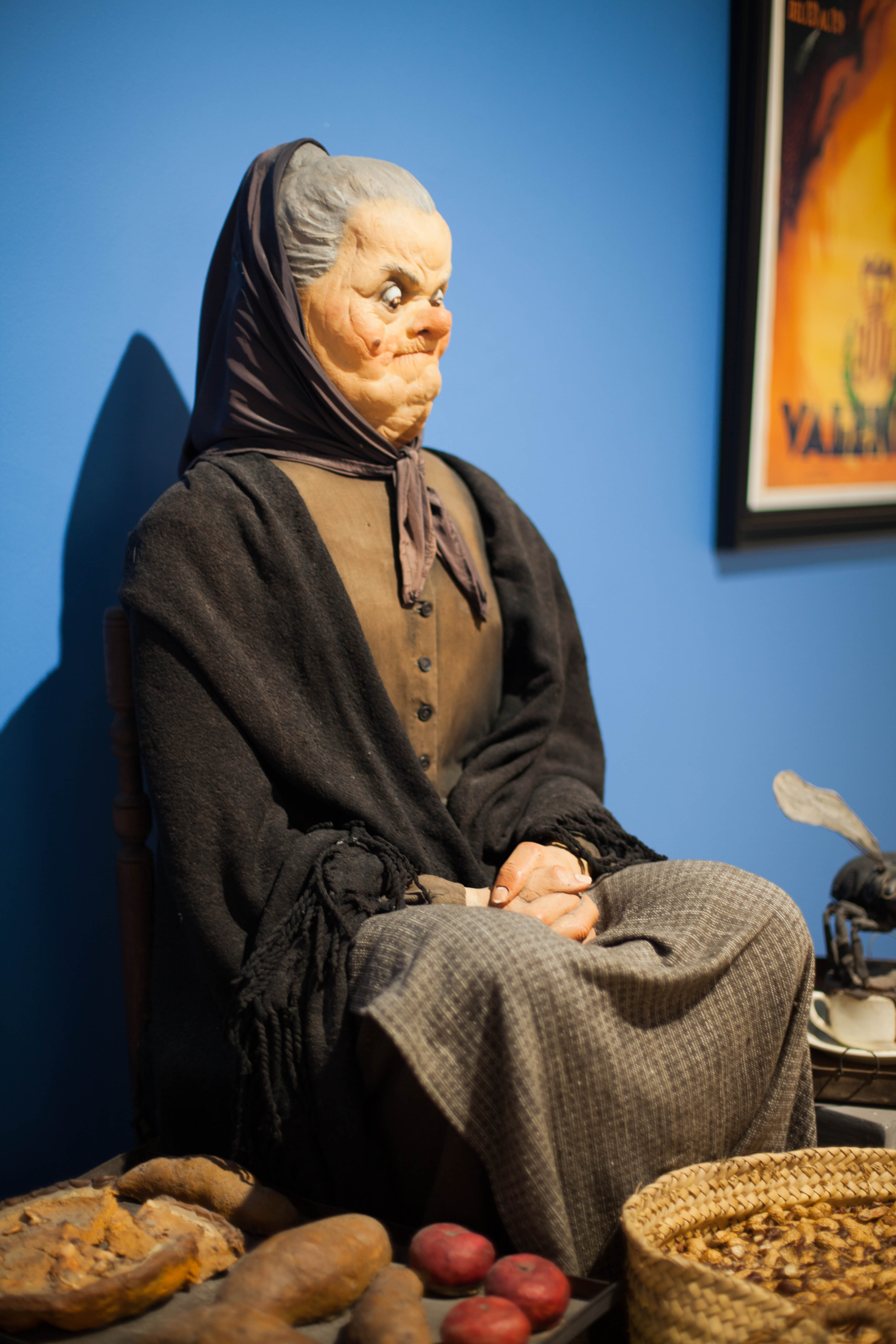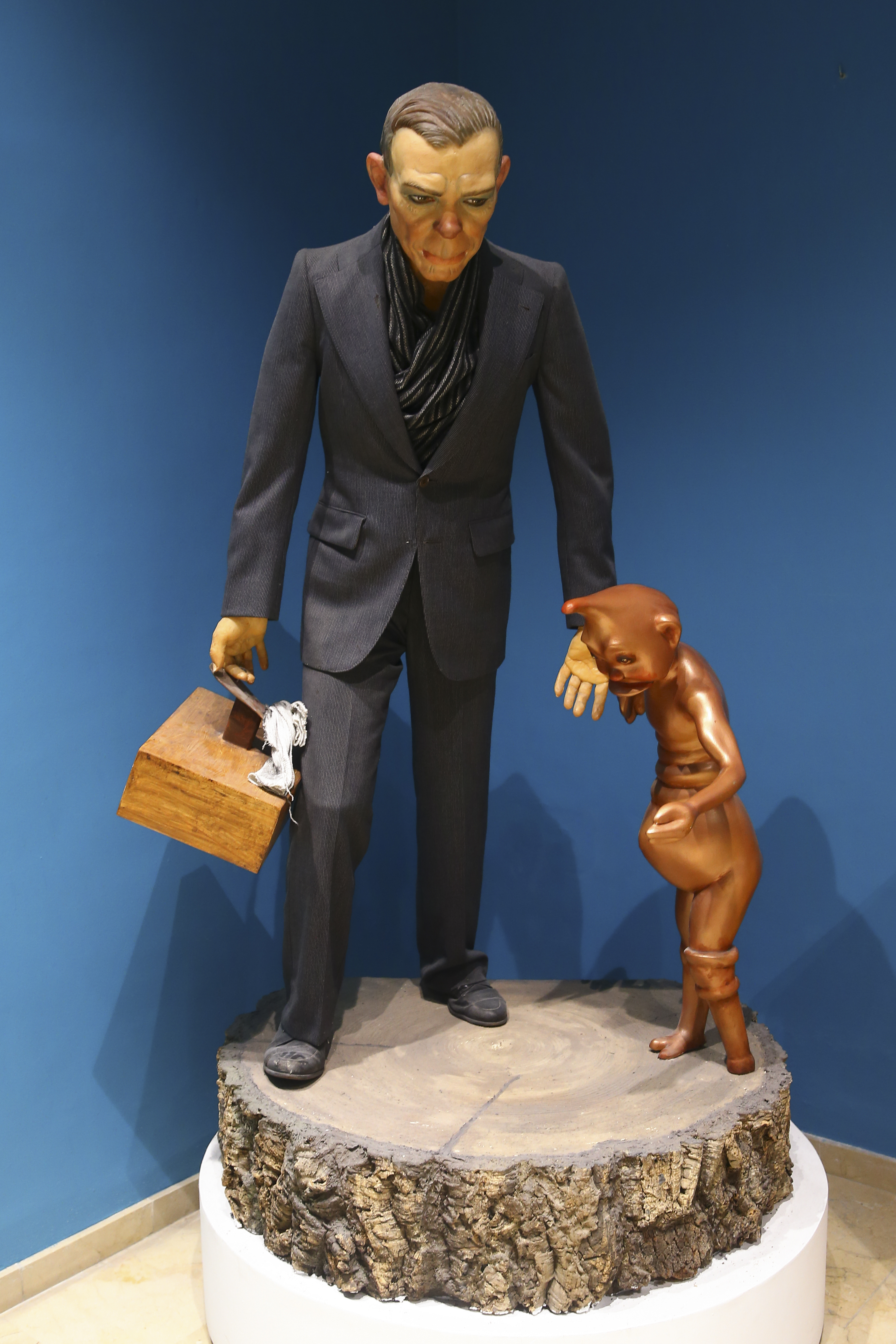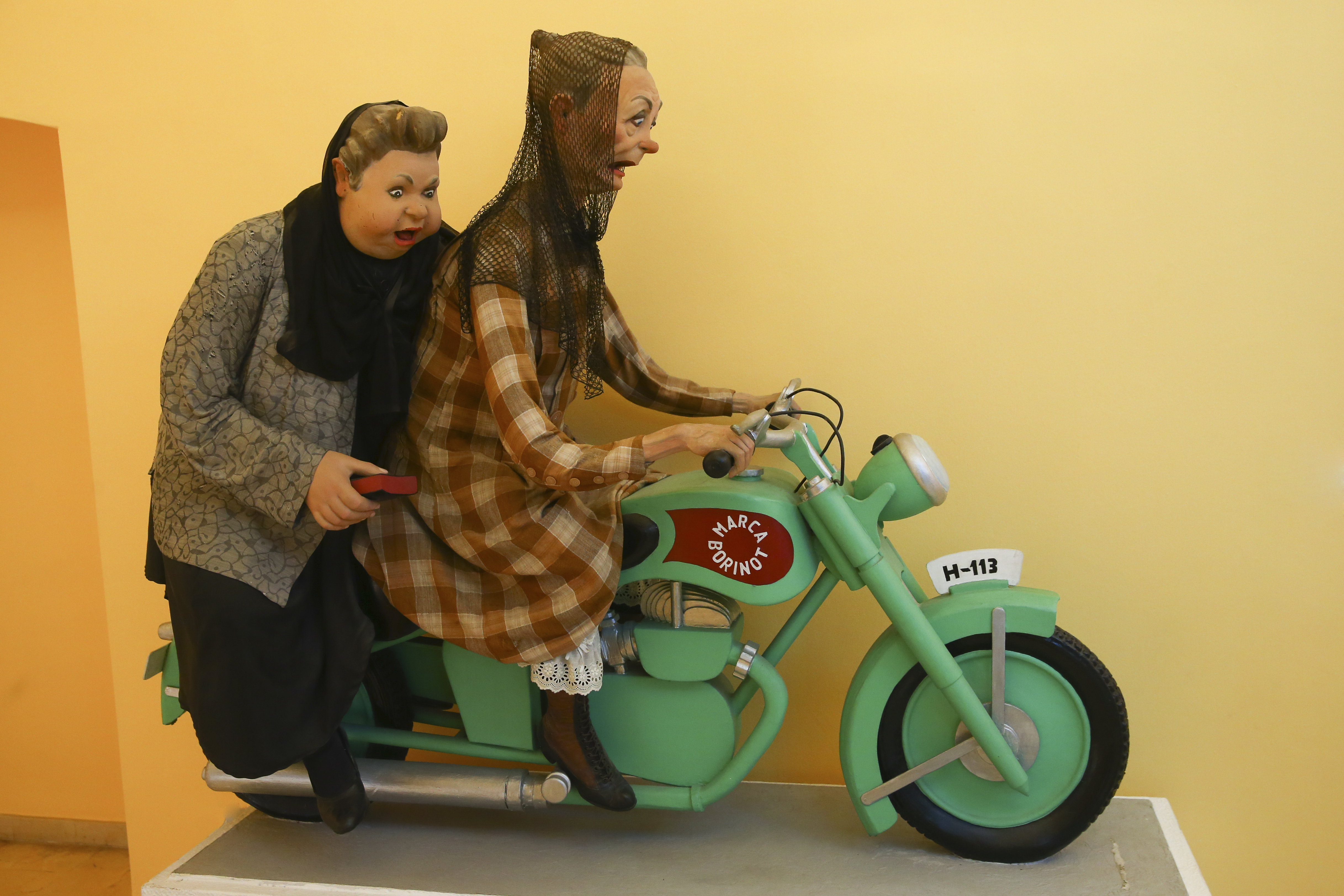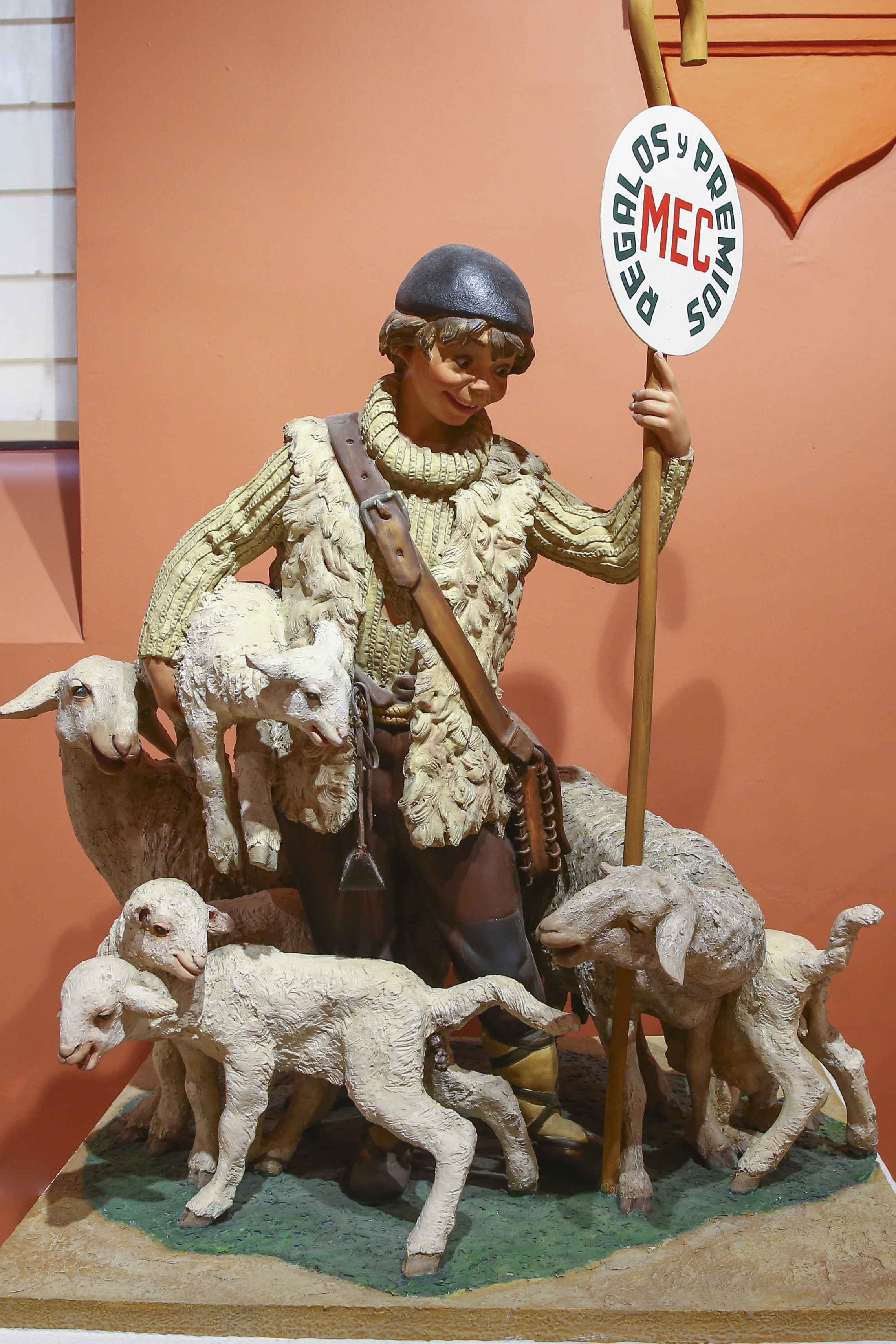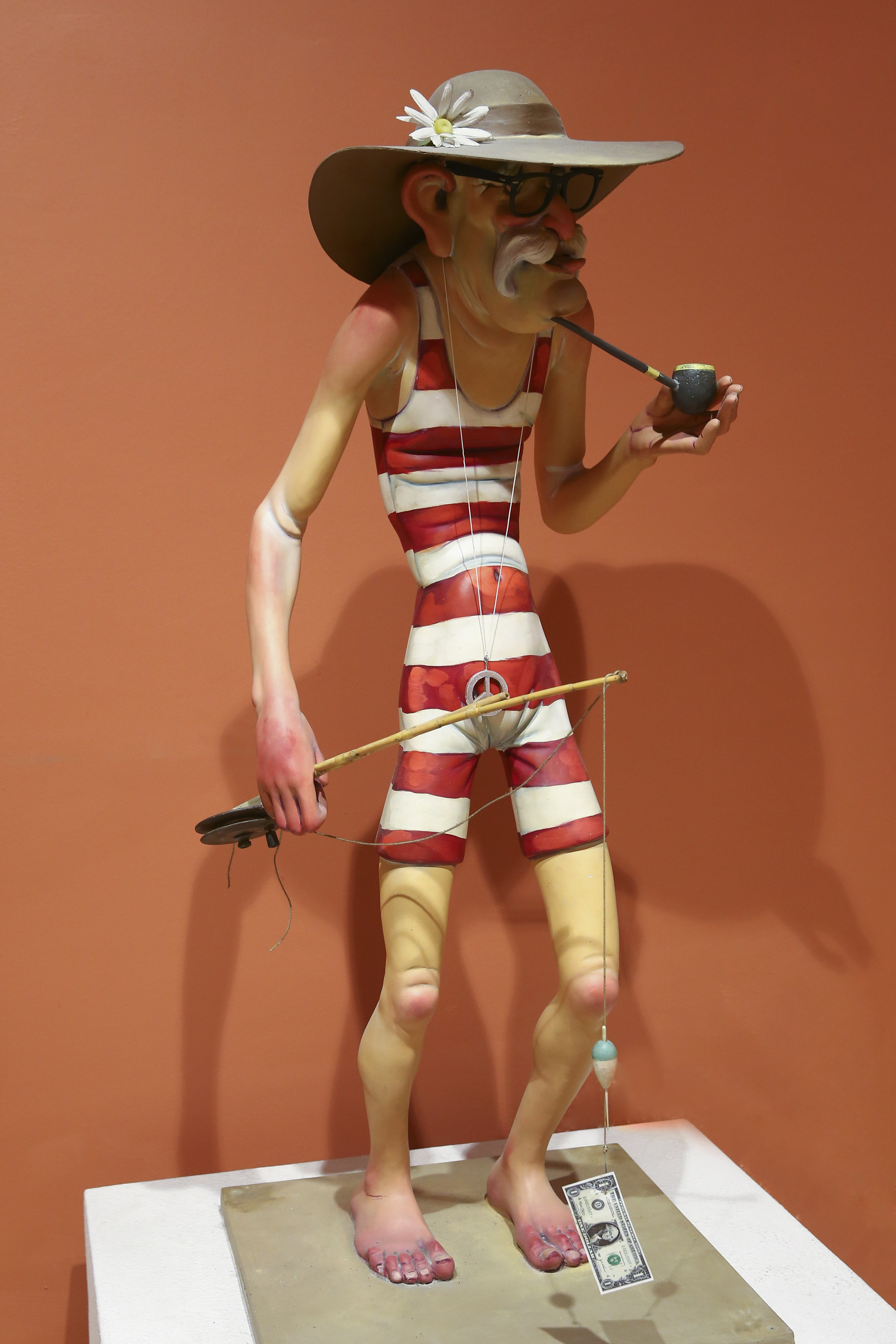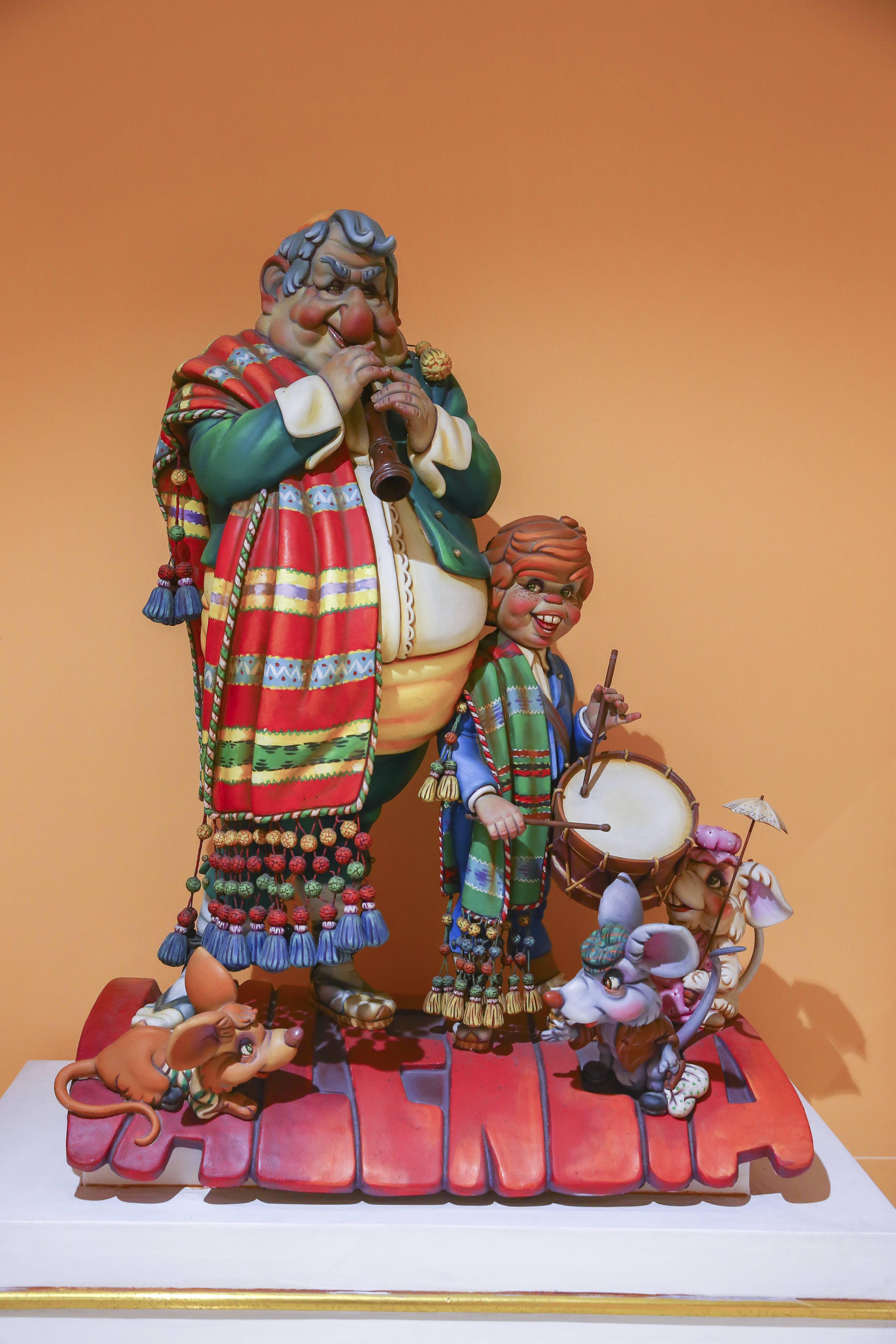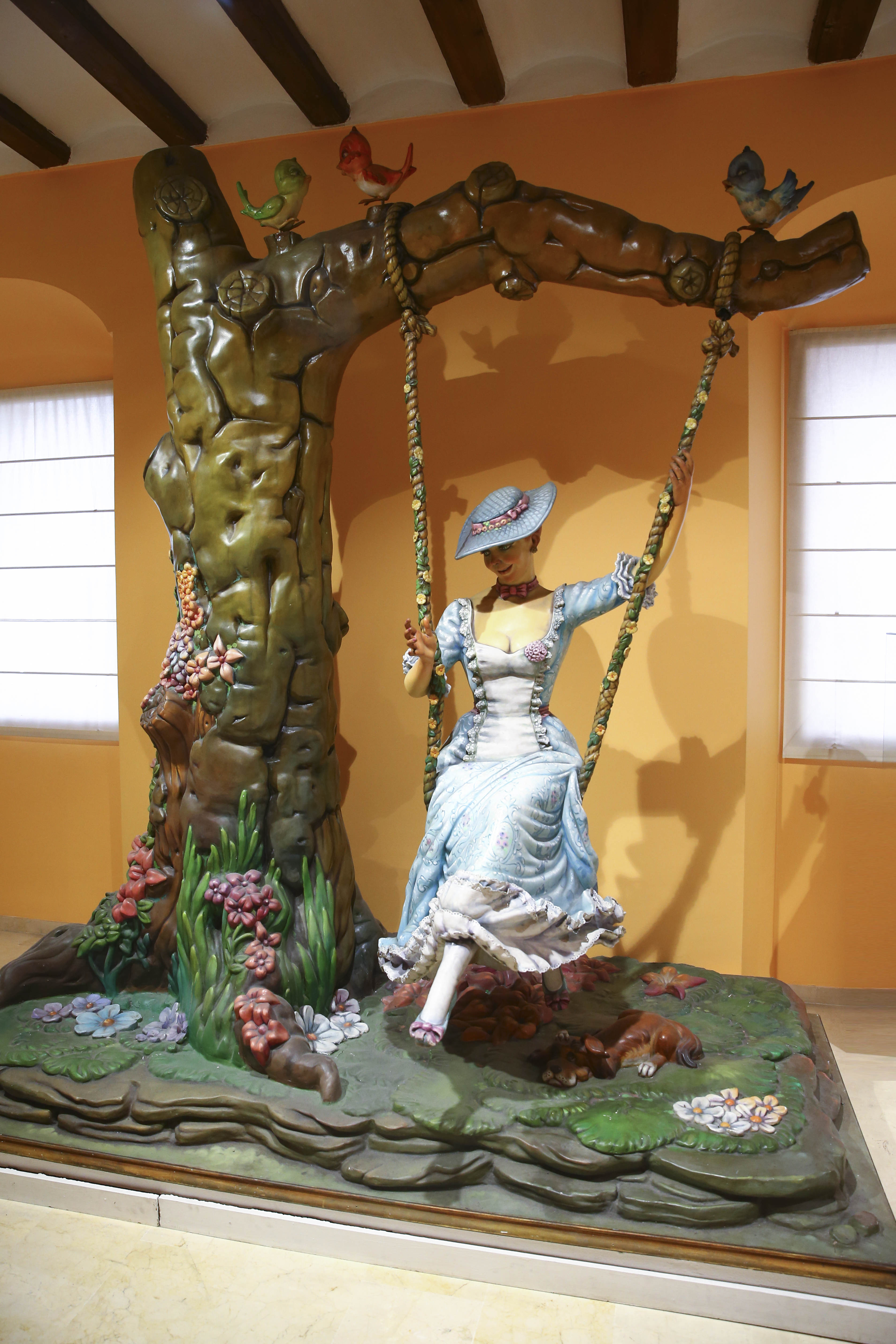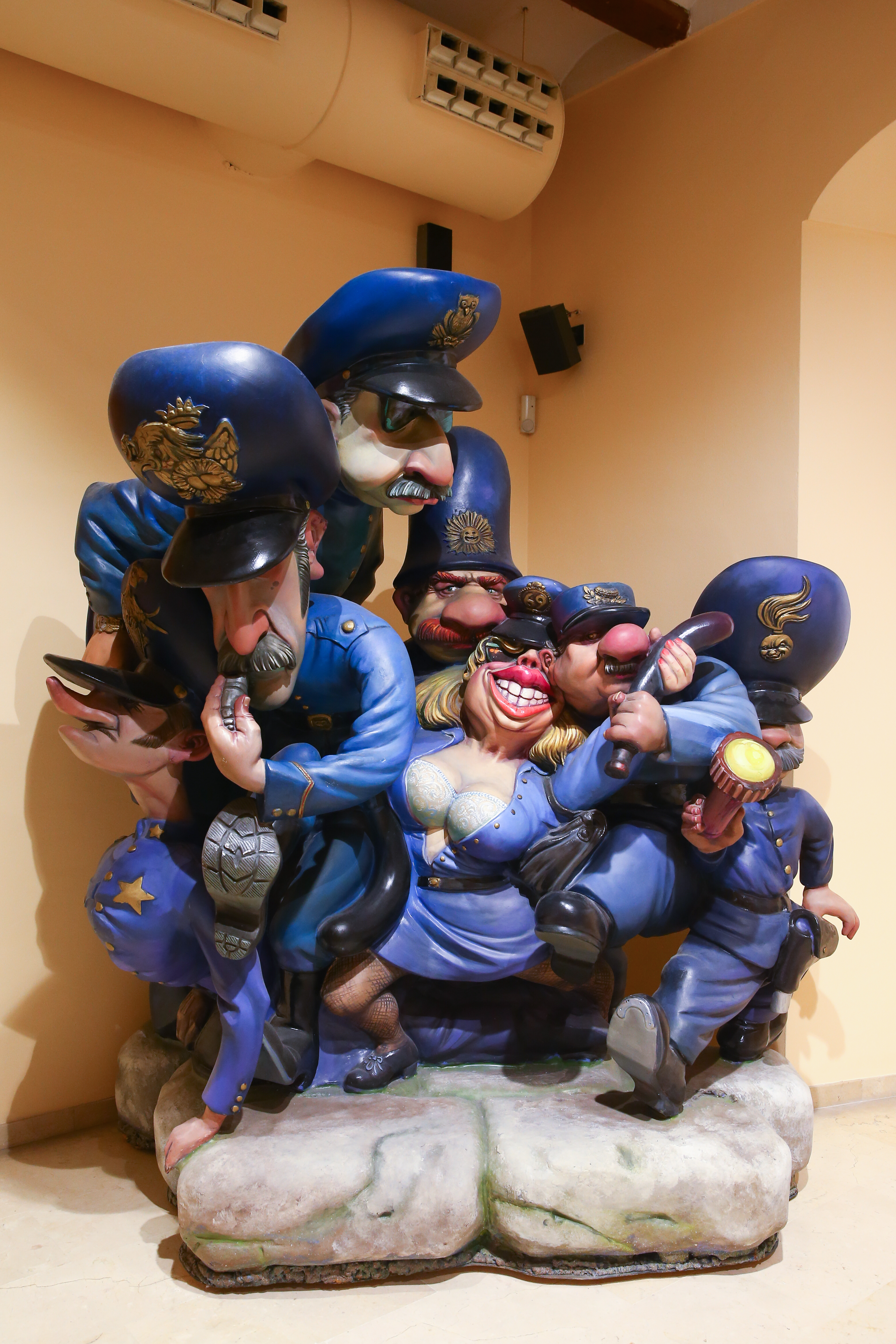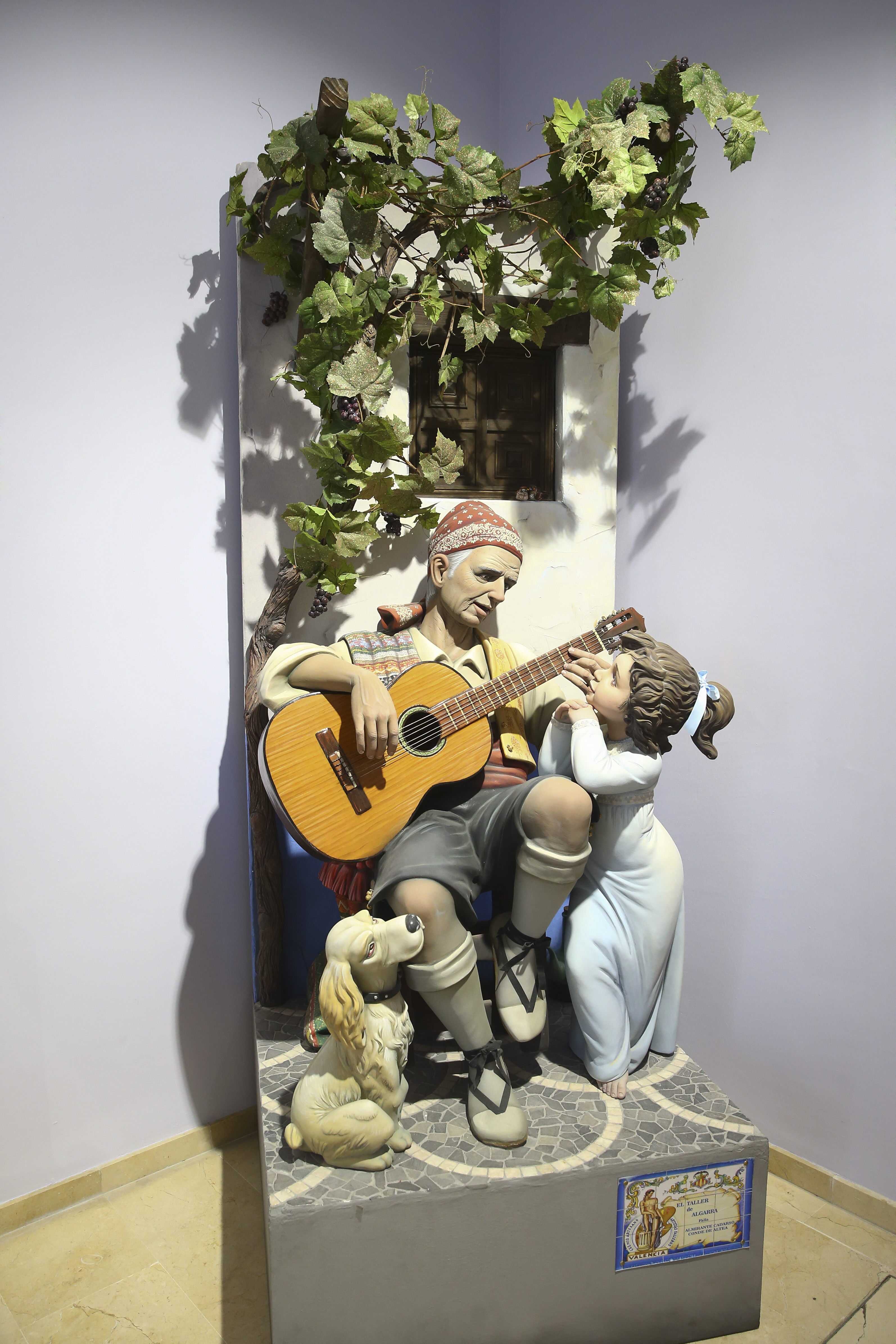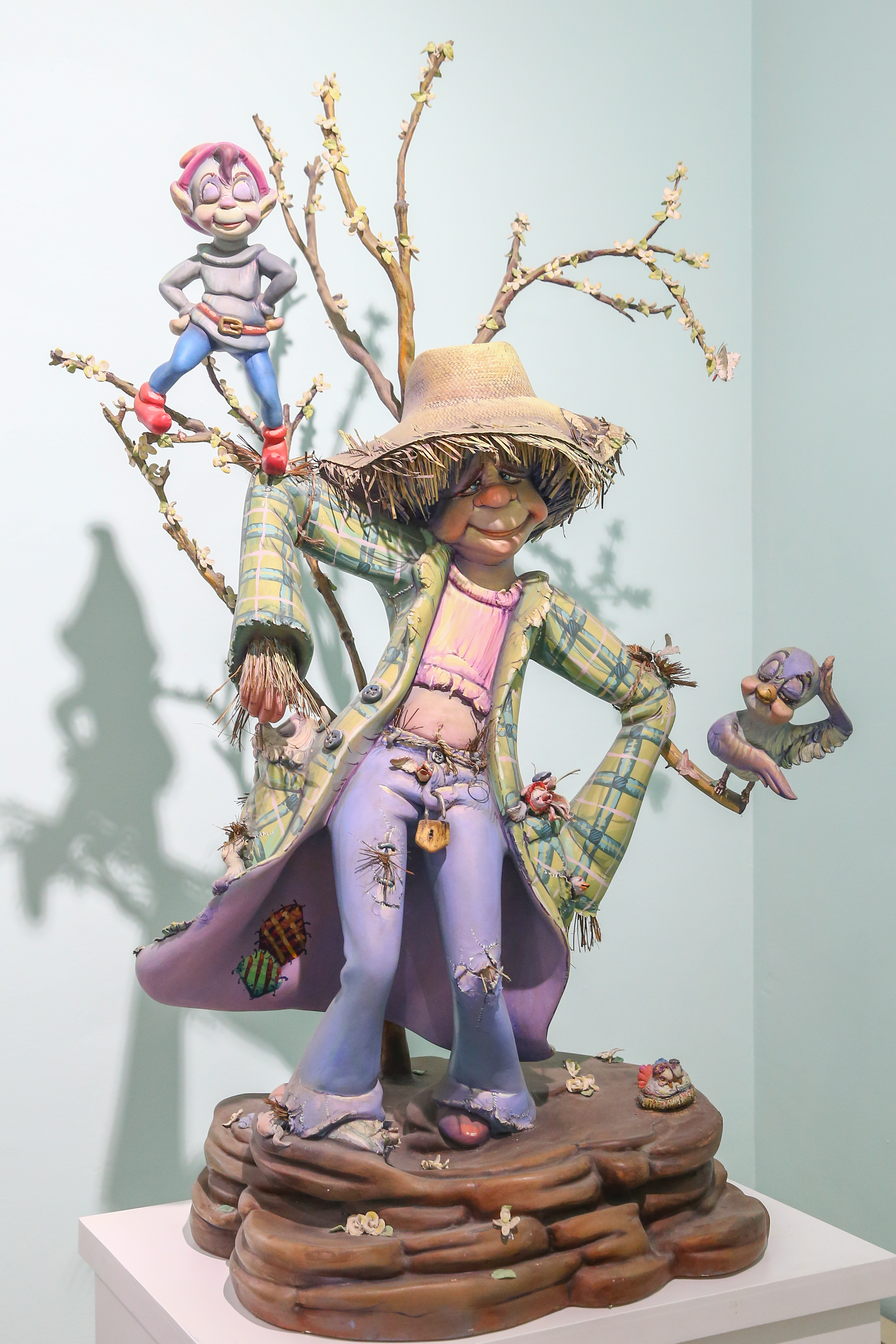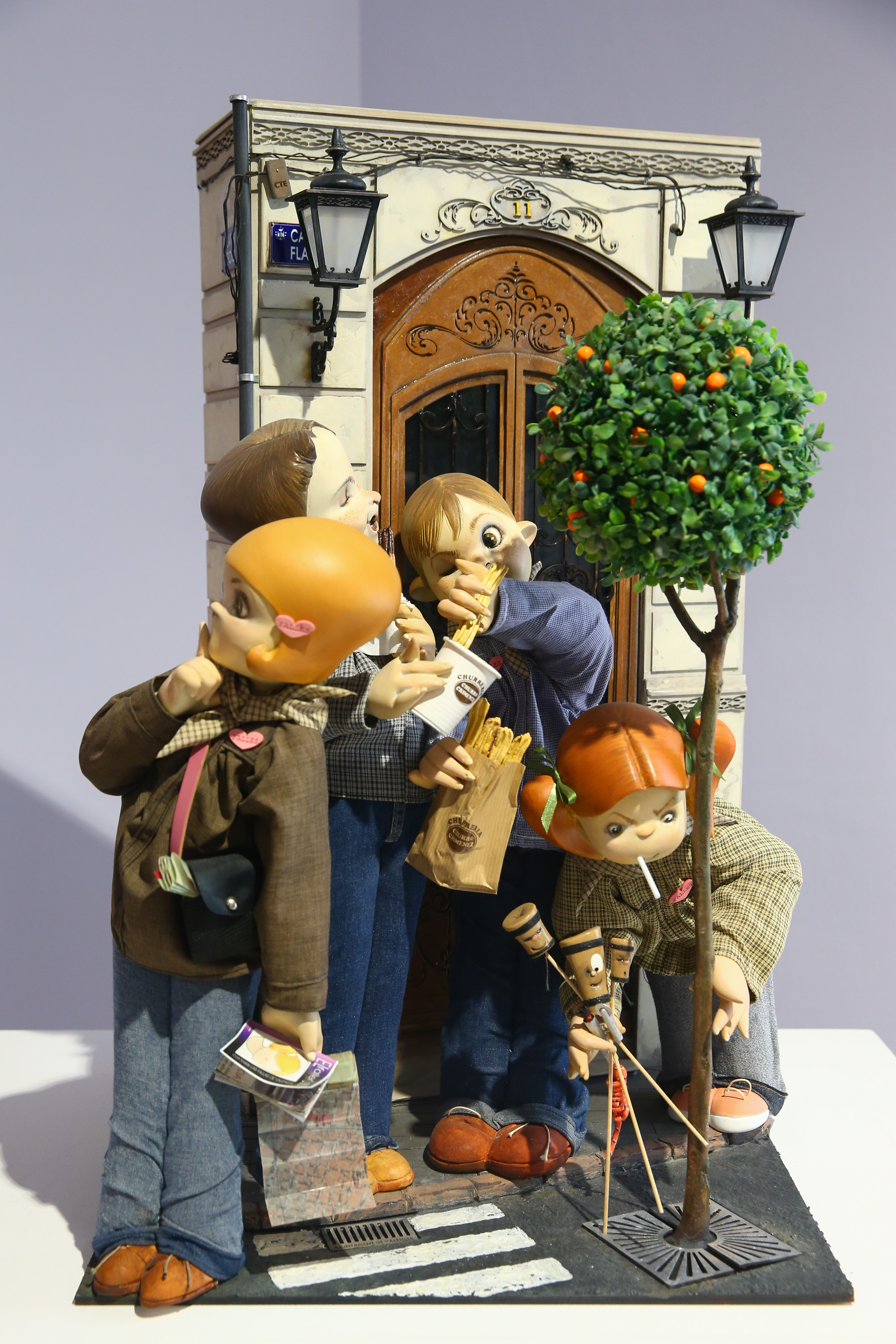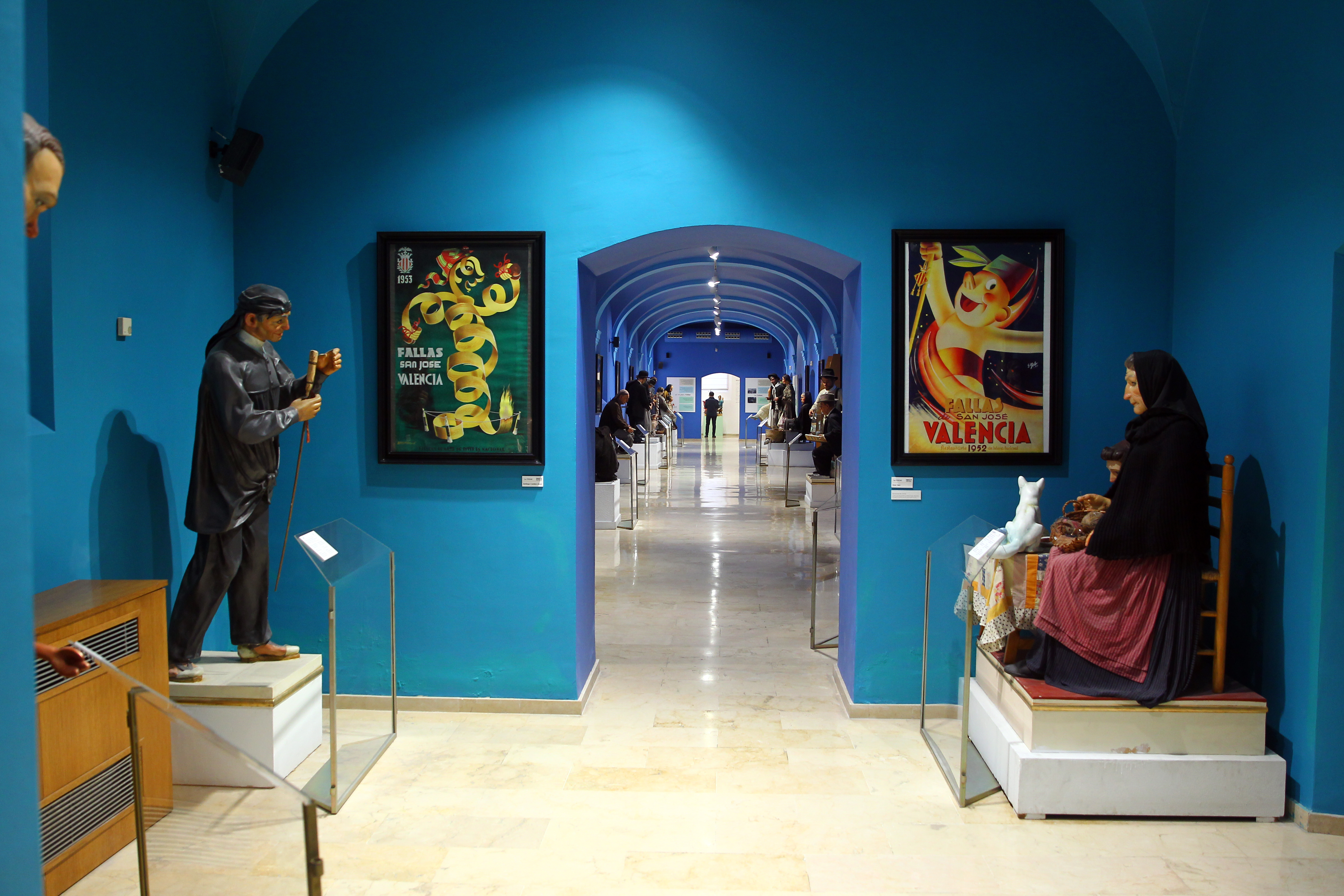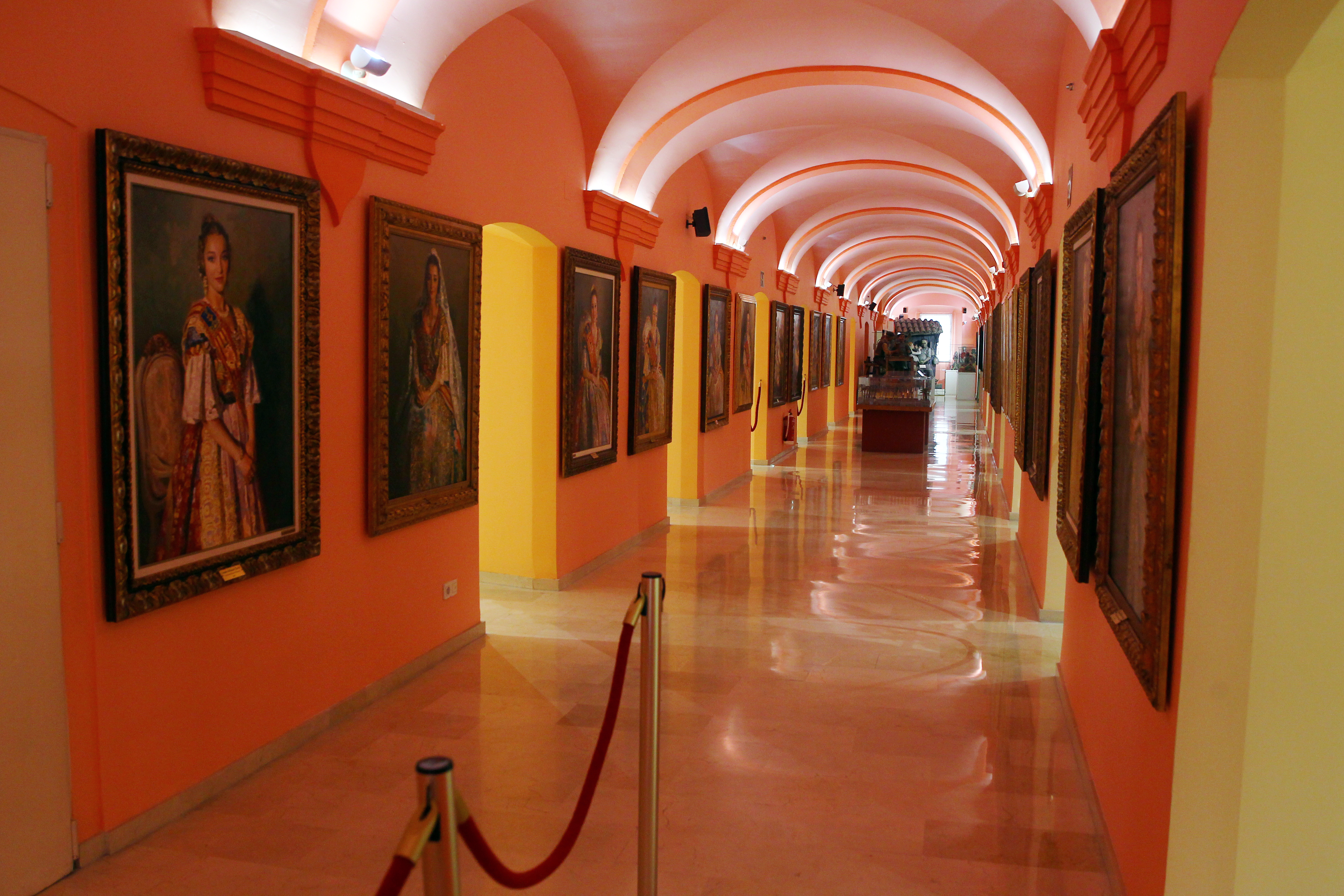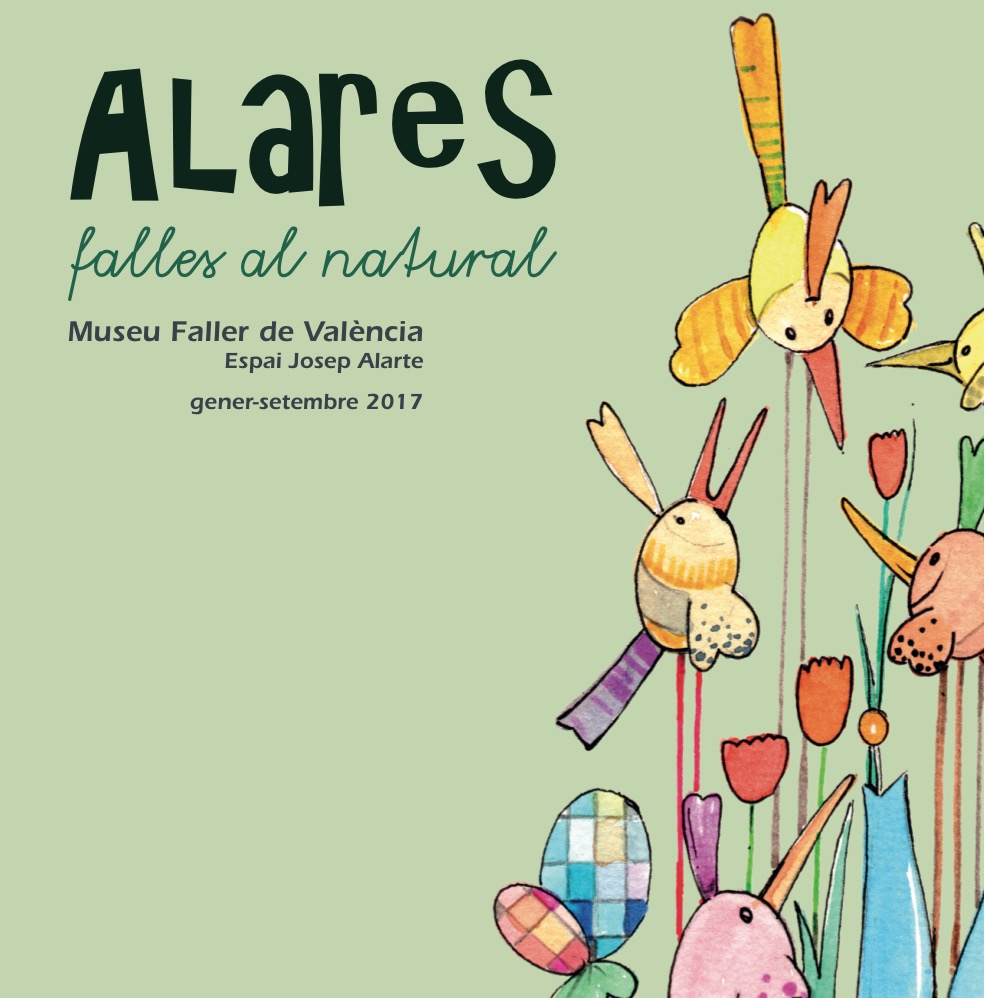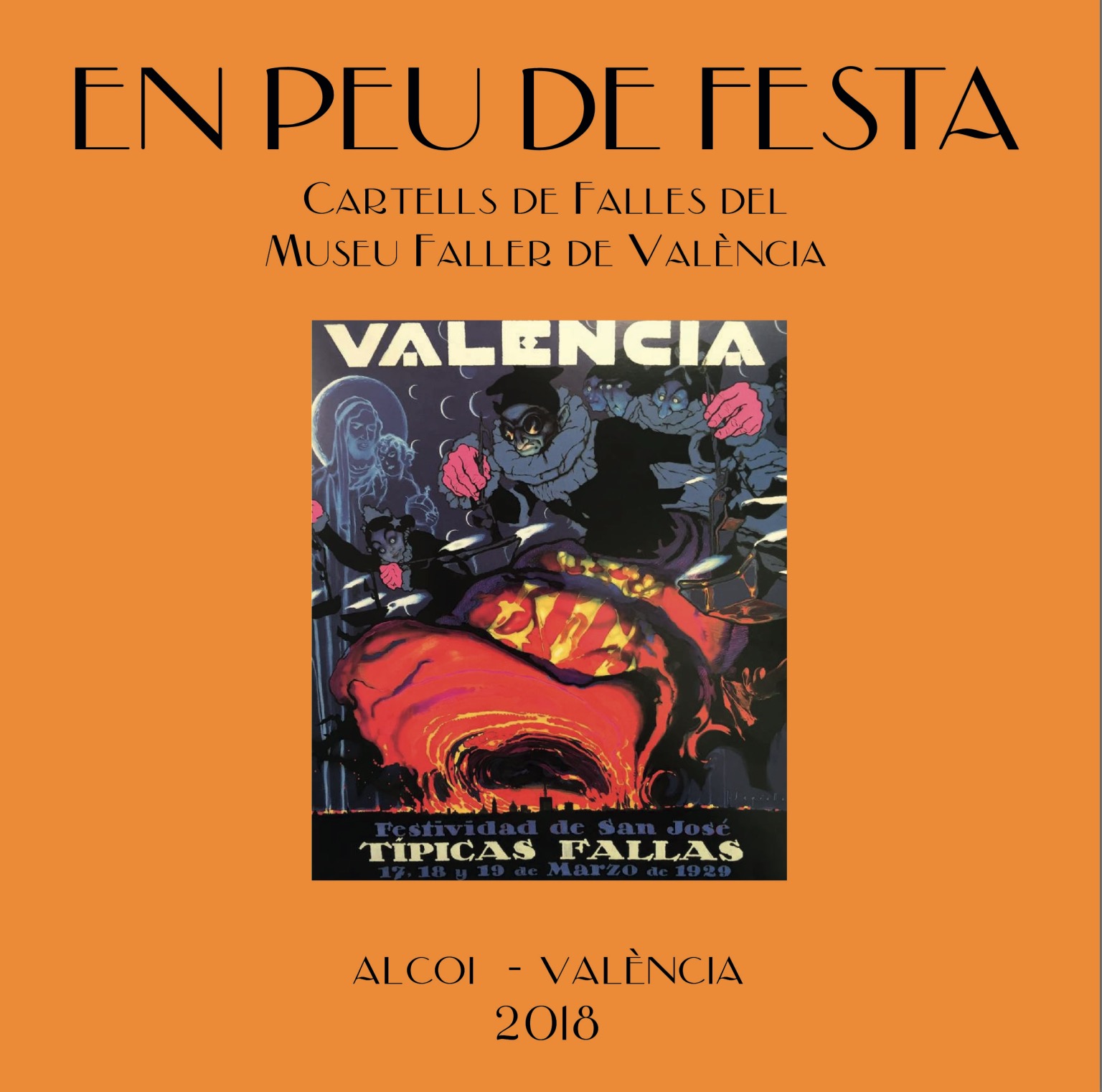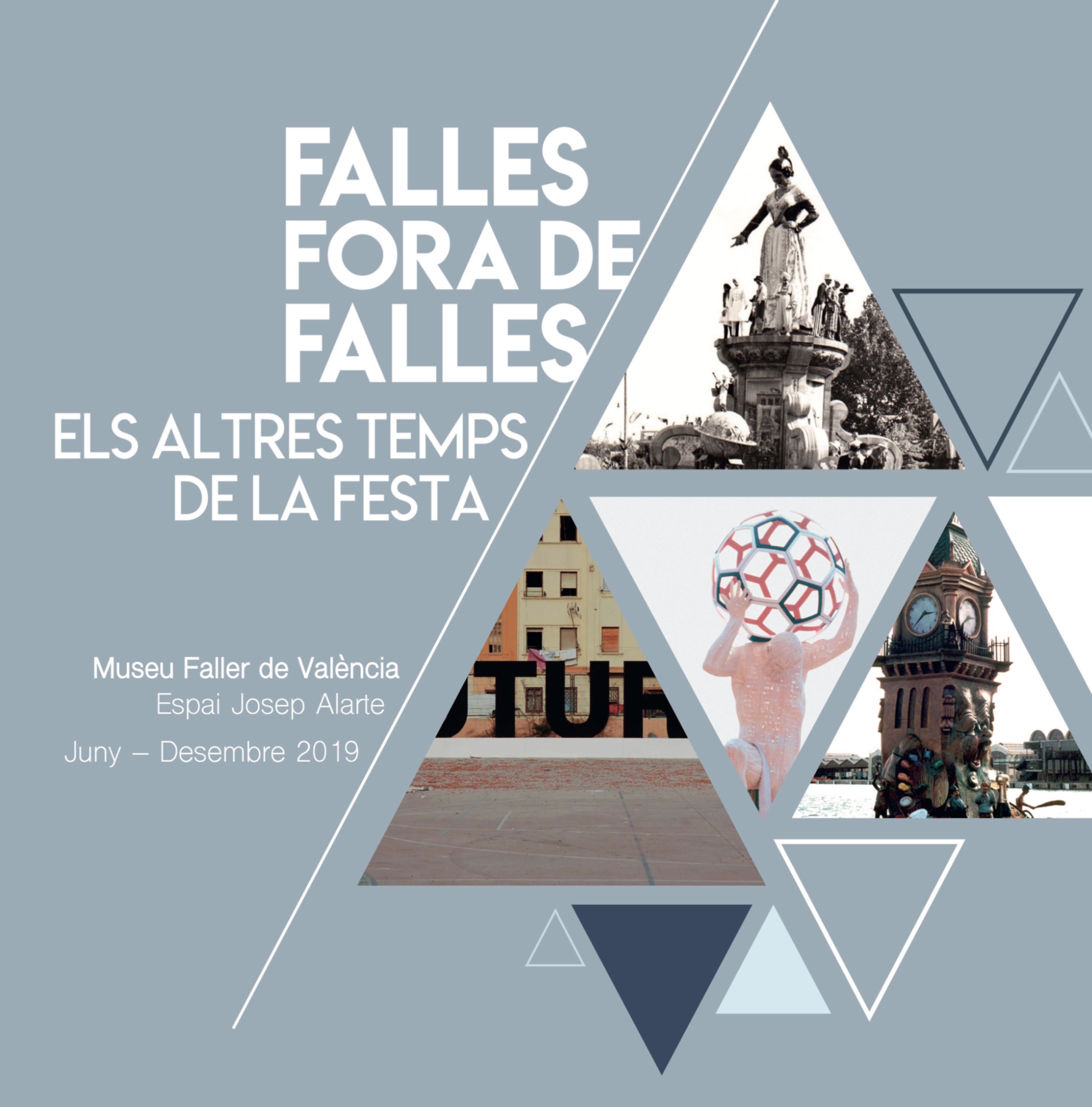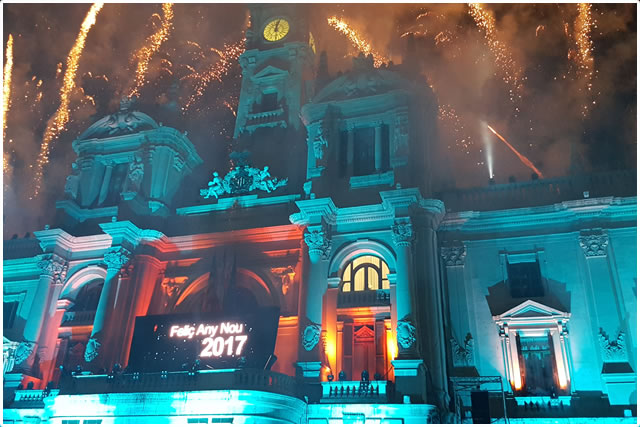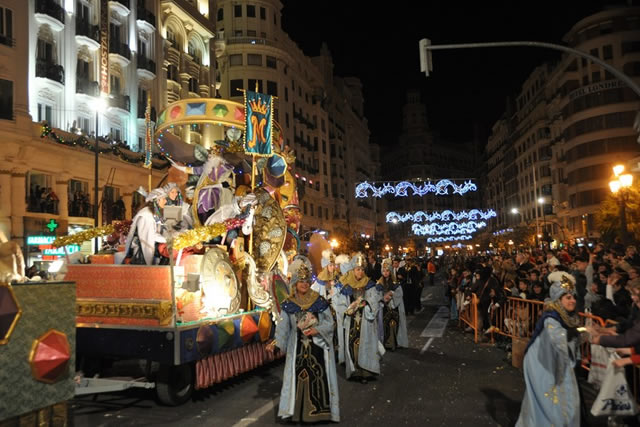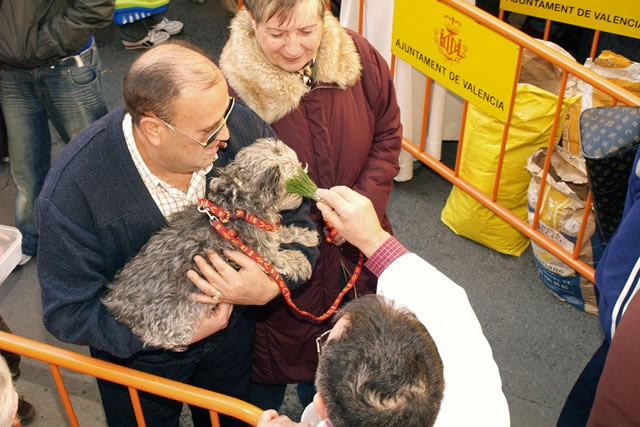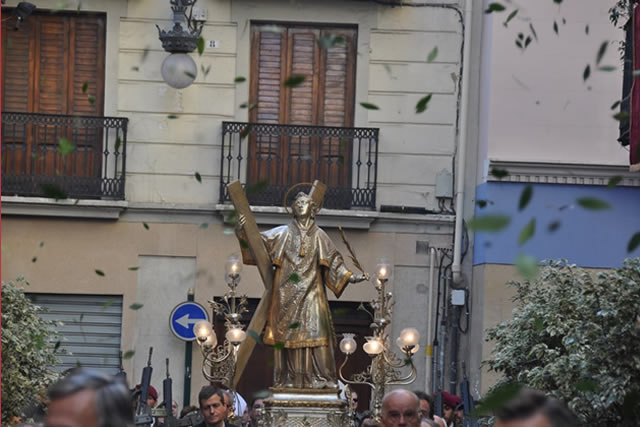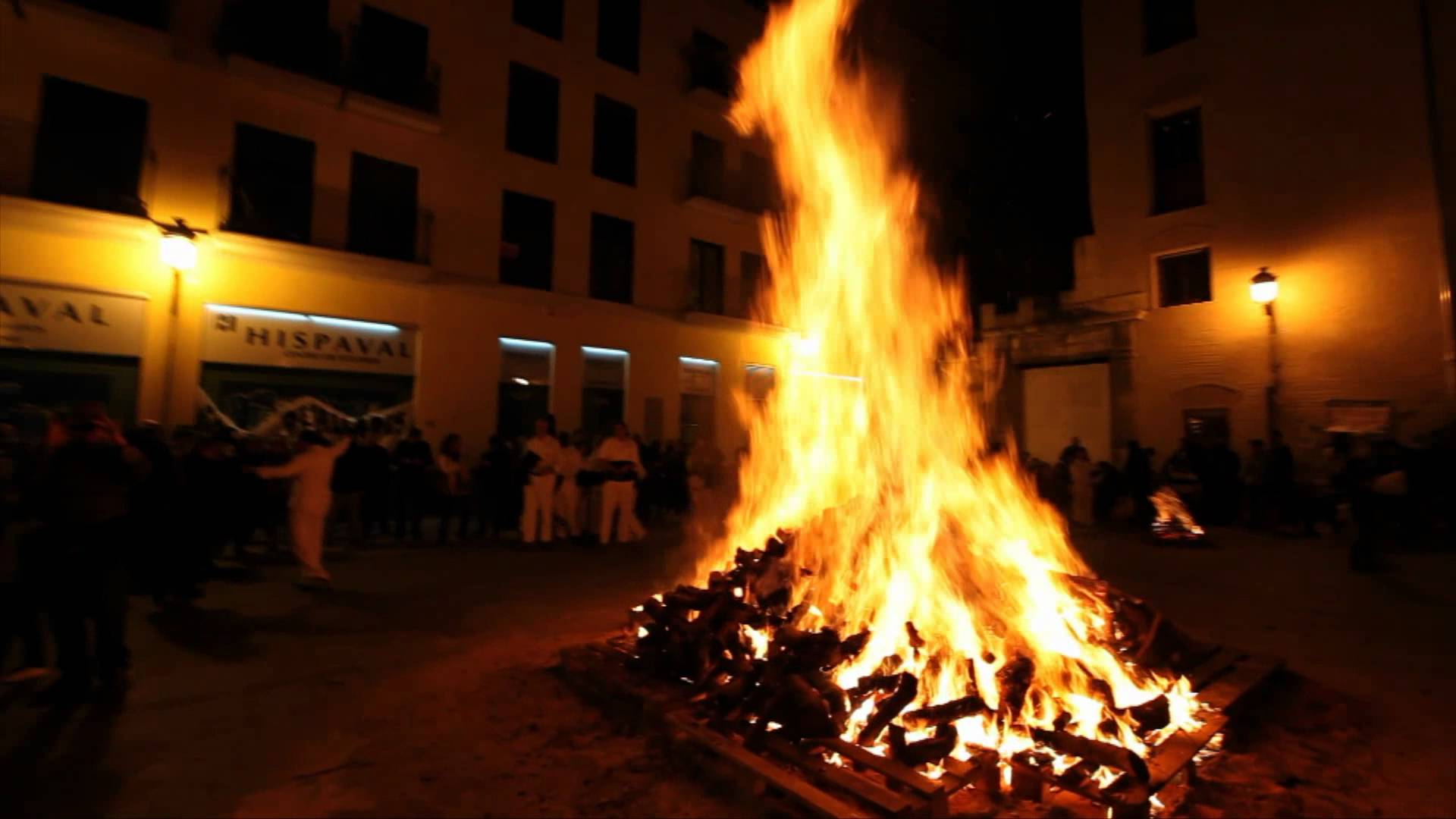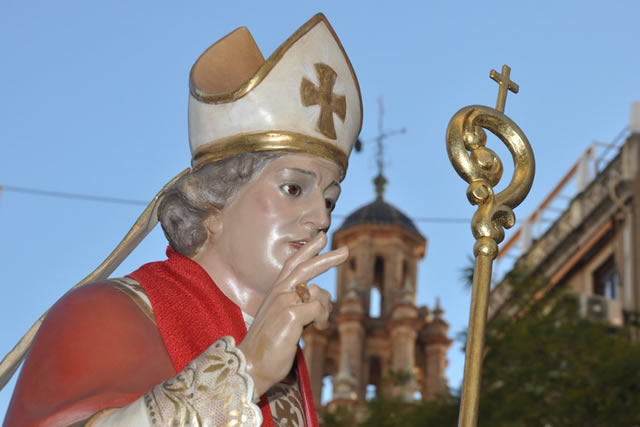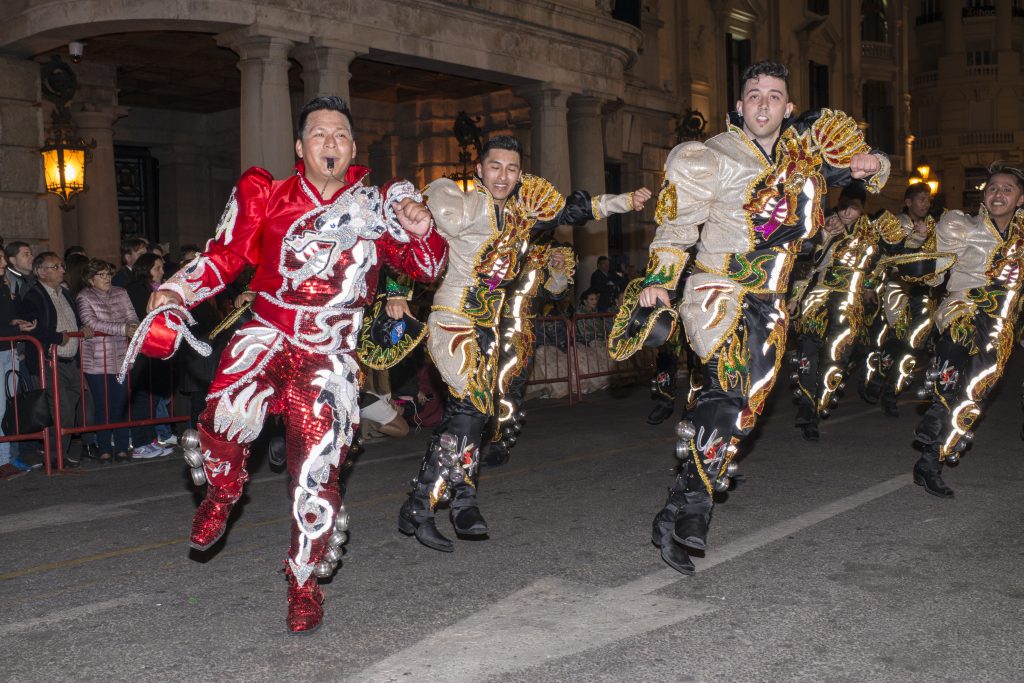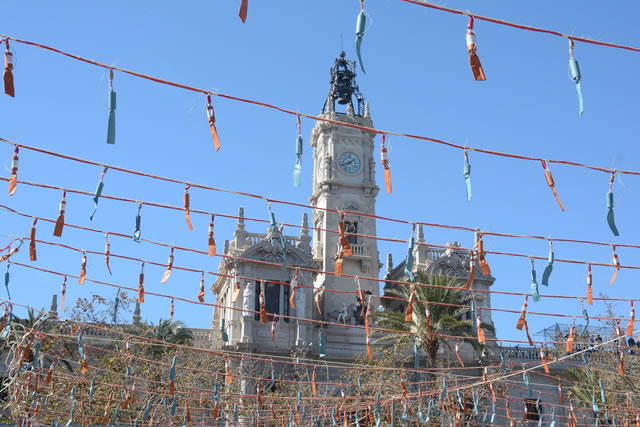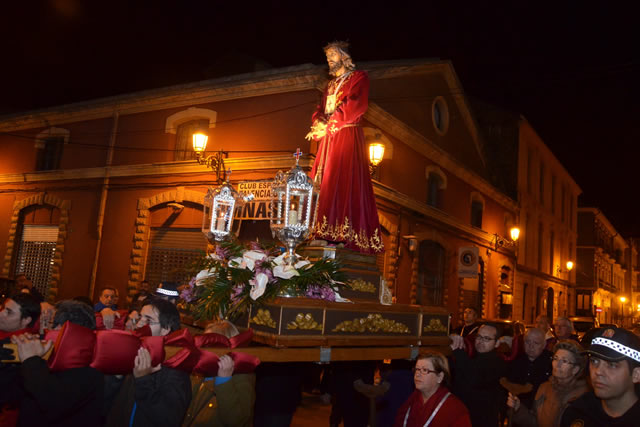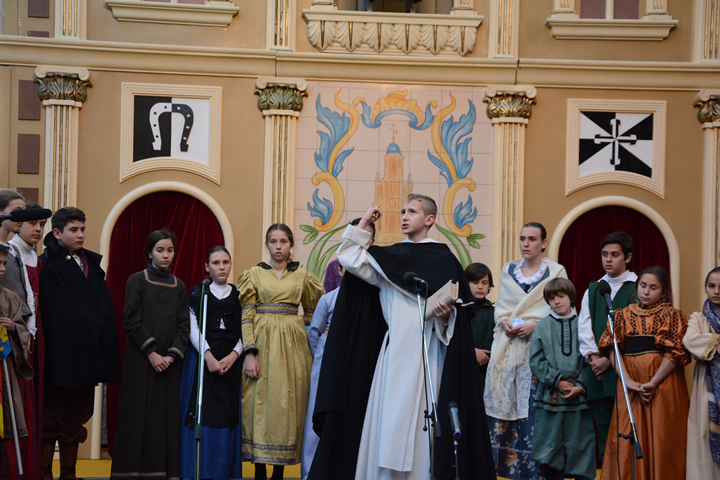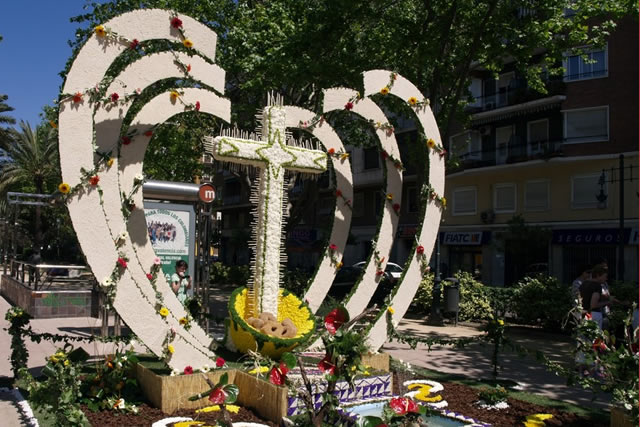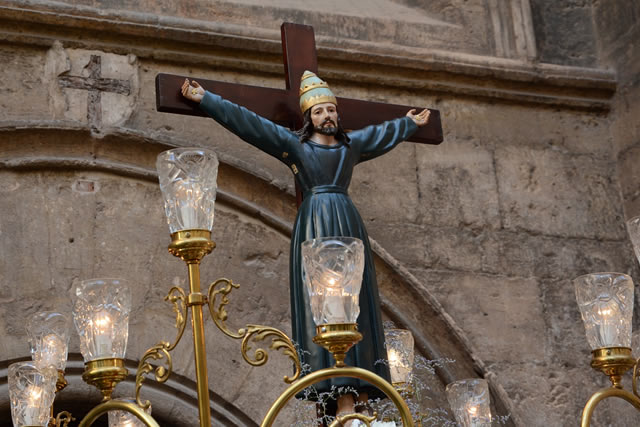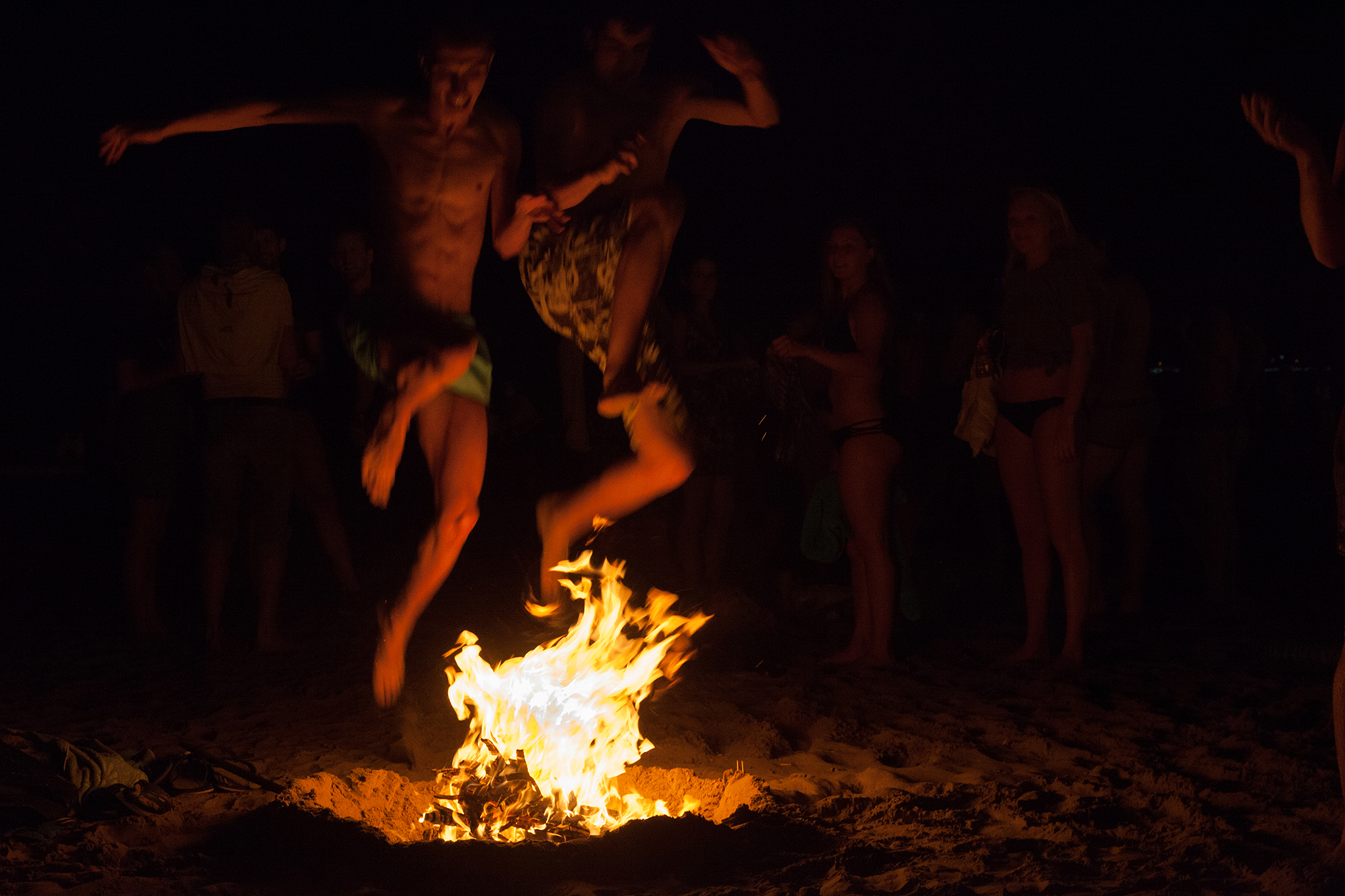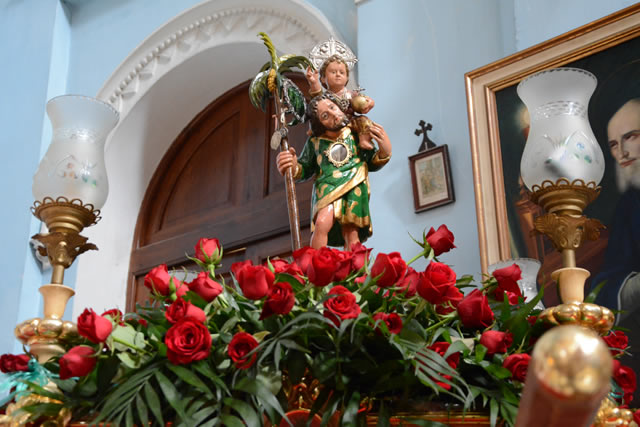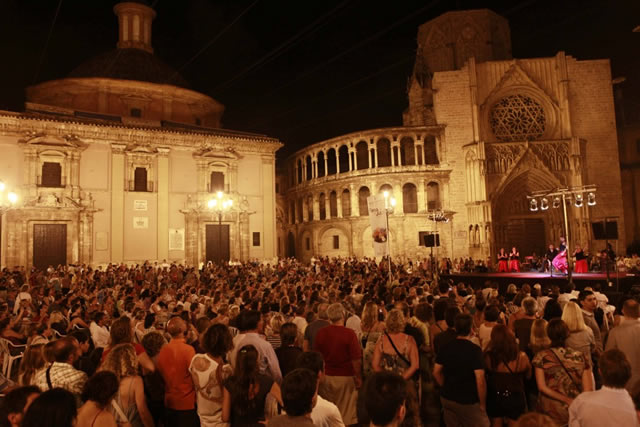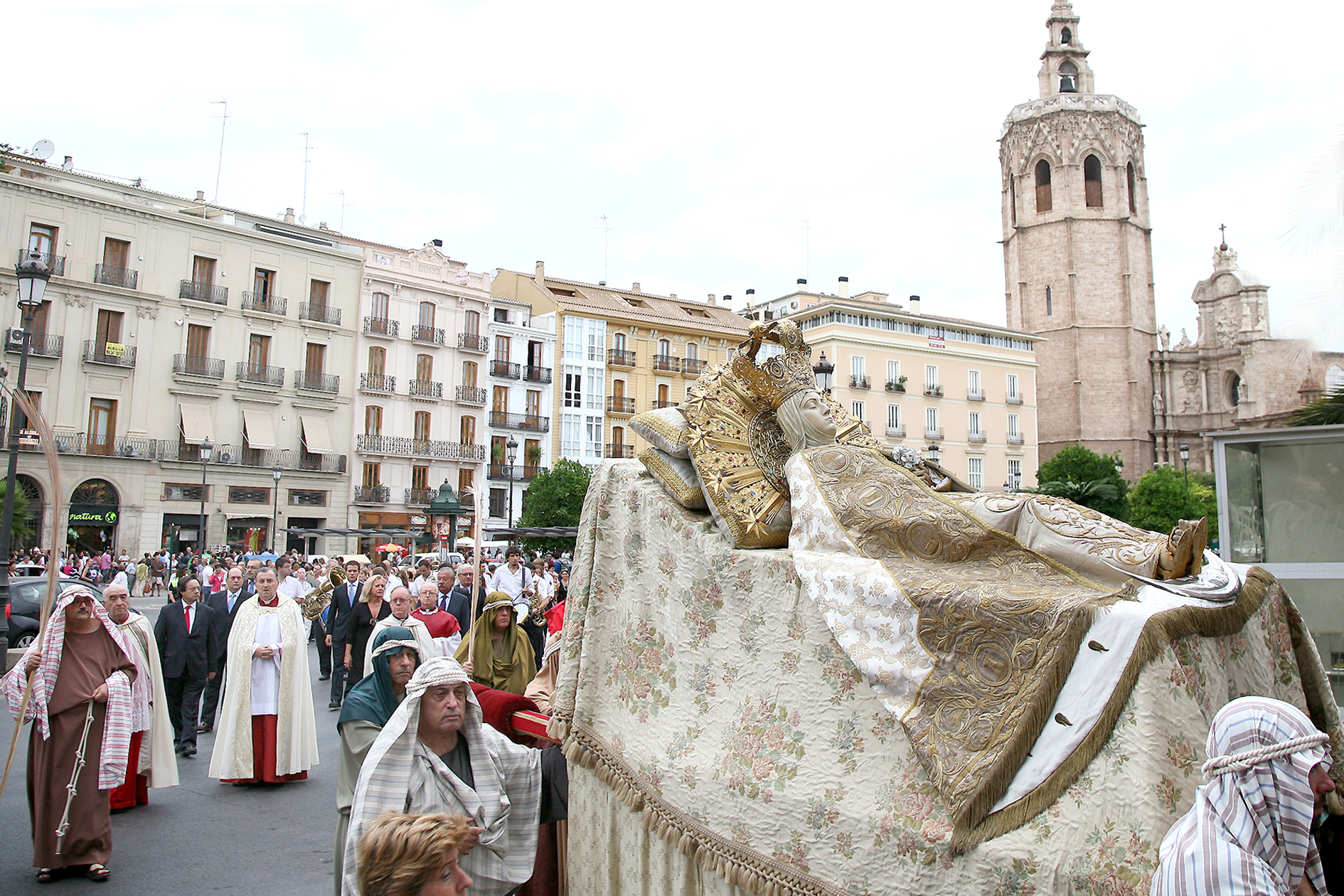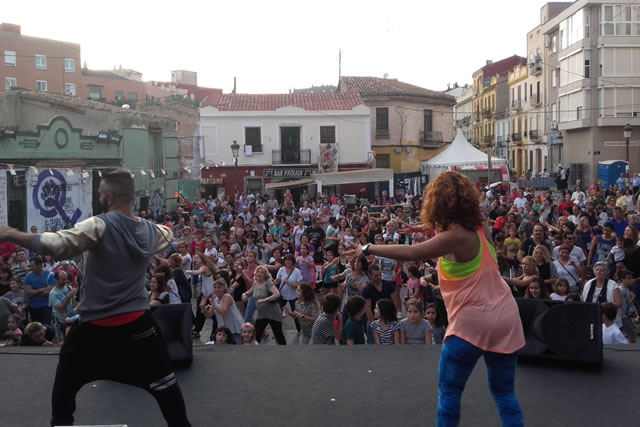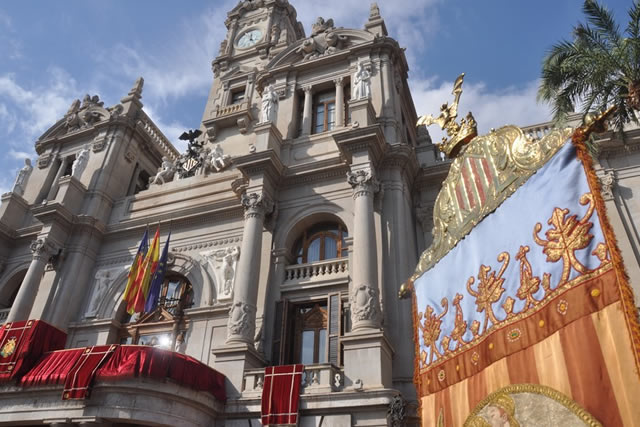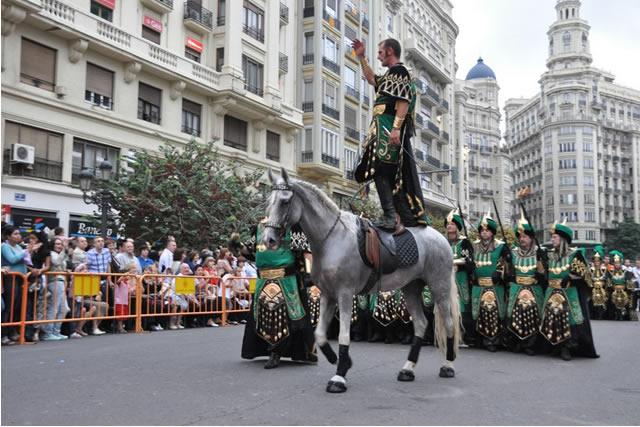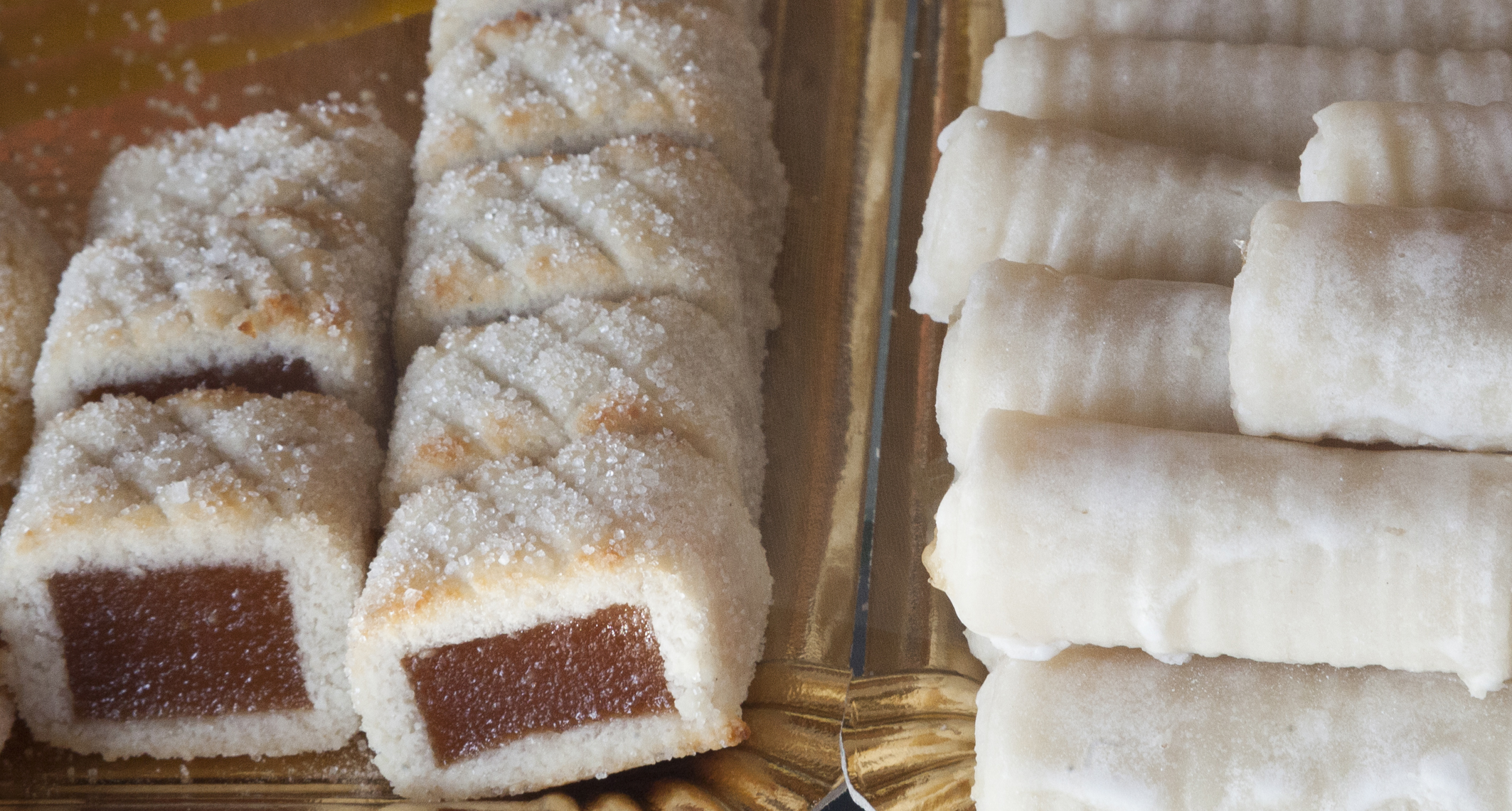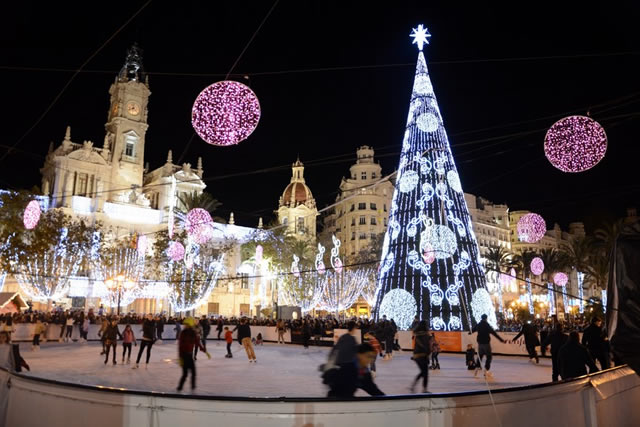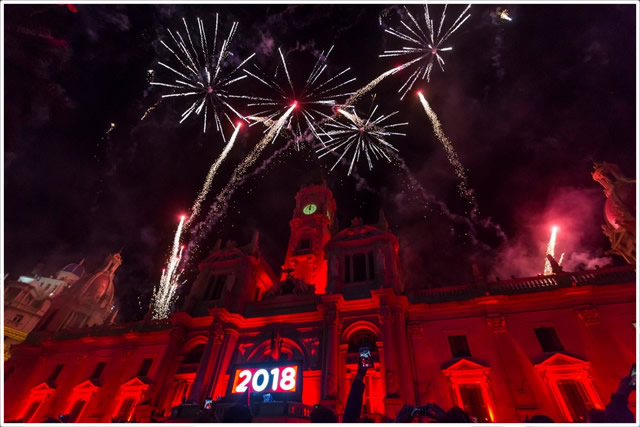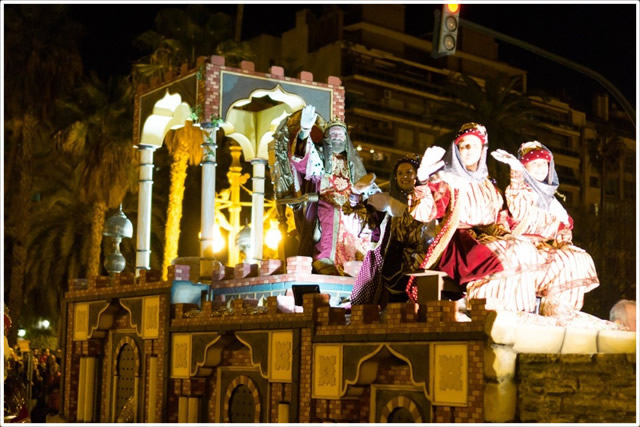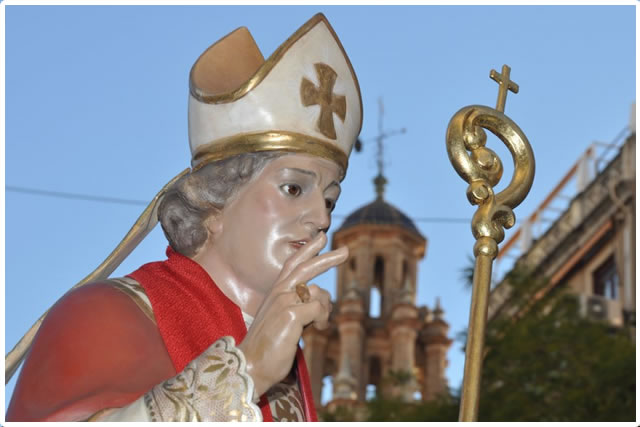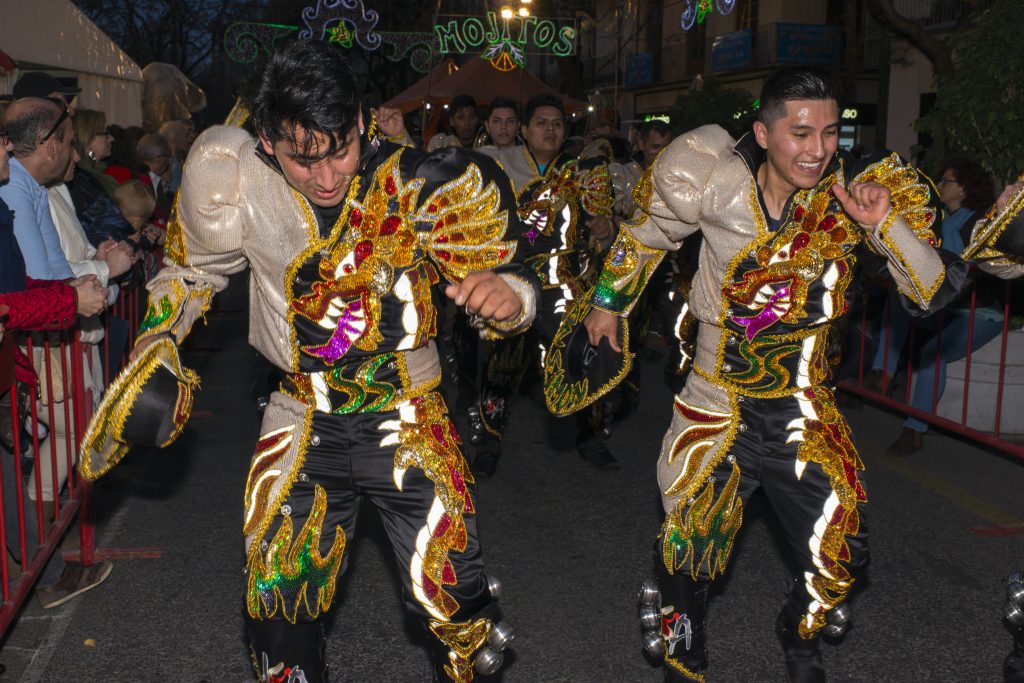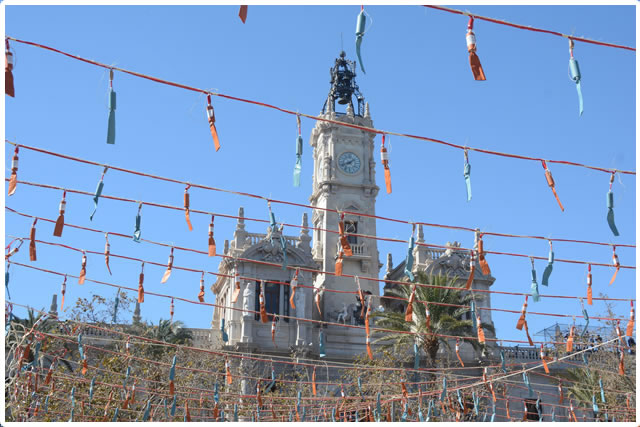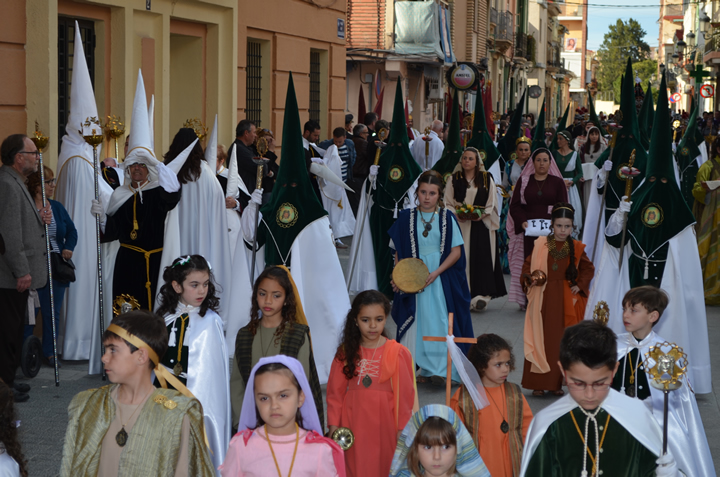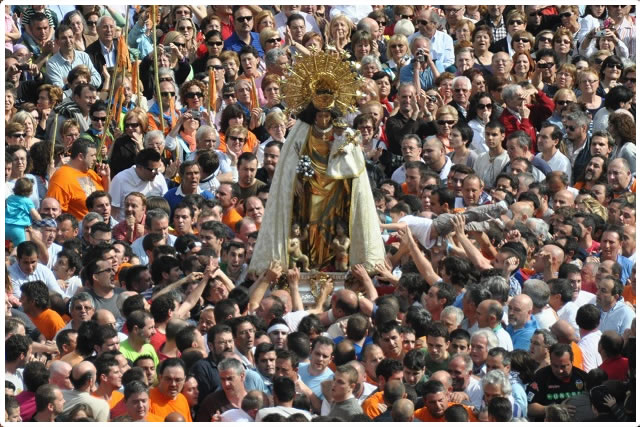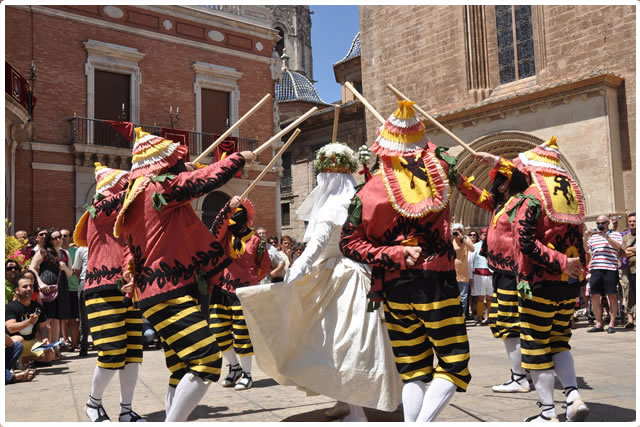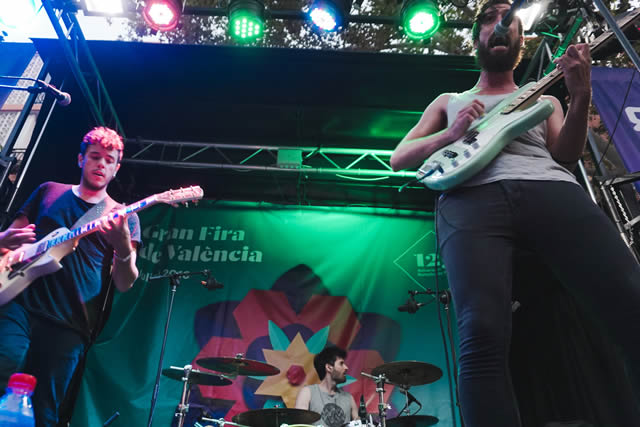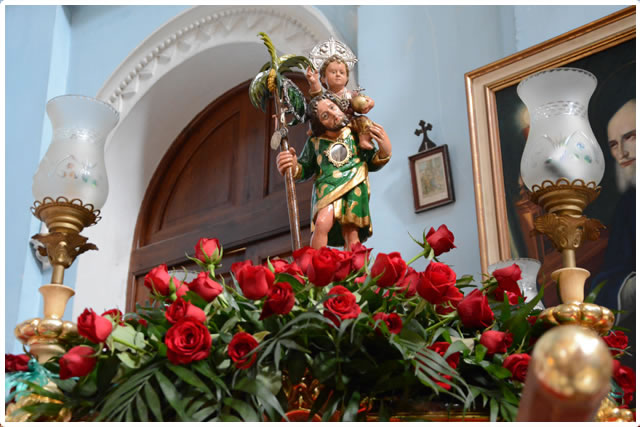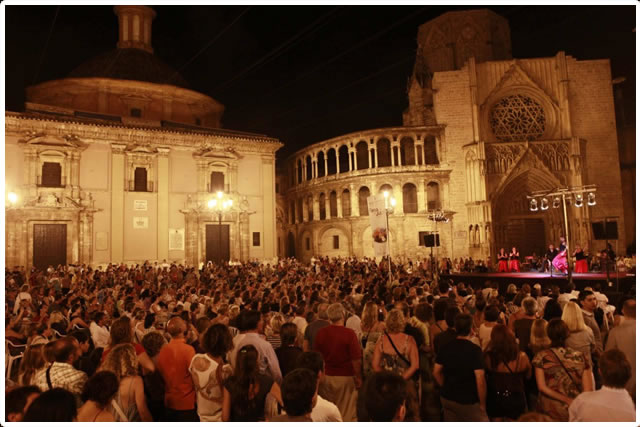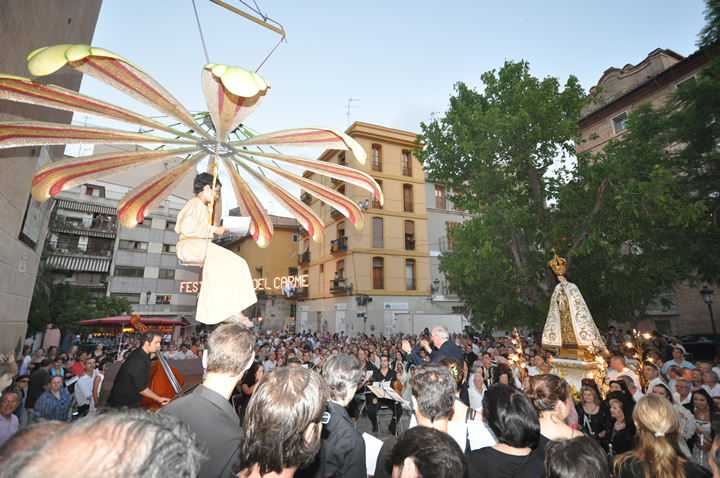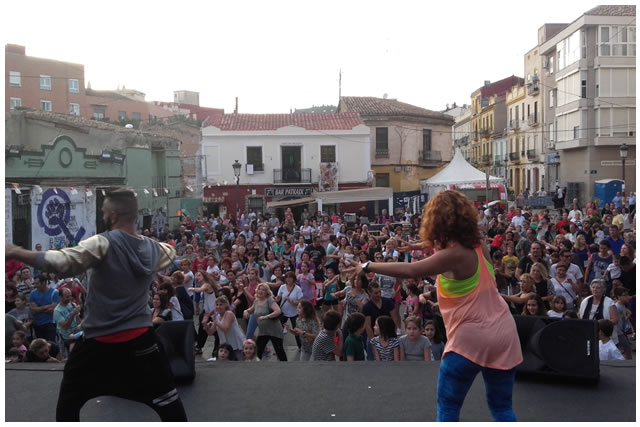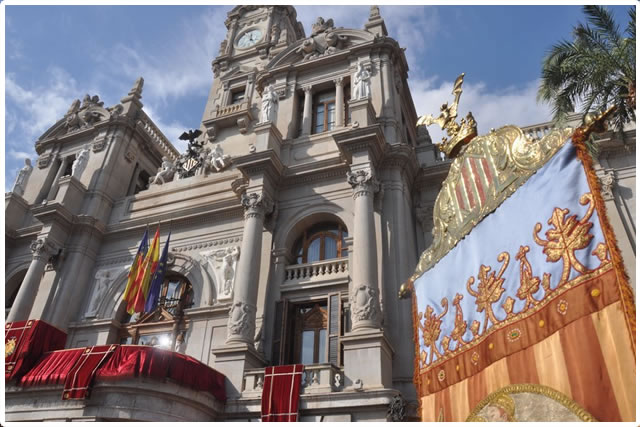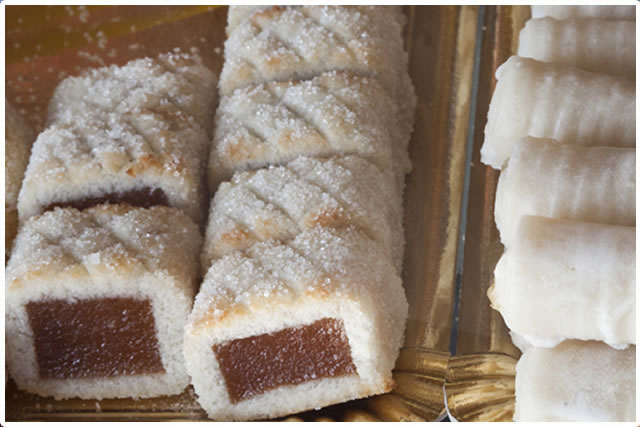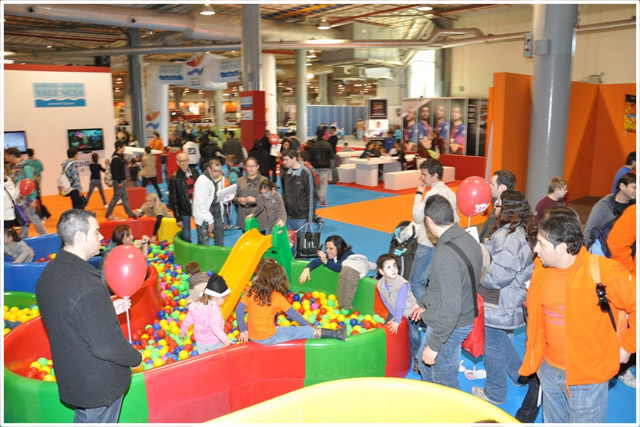- Visit
- From The Falles To The Falles Museum
- The Museum Faller Of Valencia Collections
- Documentation Space
-
MUSEU FALLER DE VALÈNCIA
Plaça de Montolivet, 4. 46006 València.
Information: 962084625 - 962084645
Rates: €2 and reduced rates
Opening hours: Weekdays from Monday to Saturday open from 10:00 a.m. to 7:00 p.m. (last access allowed at 6:15 p.m.).
Holidays and Sundays open from 10:00 a.m. to 2:00 p.m. (last access allowed at 1:15 p.m.).
Due to the necessary preventive measures as a consequence of COVID19, the rooms that span from 2008 to 2018 are temporarily closed to guarantee the required safety distance for users in public spaces.
However, 90% of the museum's permanent collections can be visited.
From Monday to Saturday from 10:00 am to 7:00 pm
Closed: 01, 06 January, 01 May and 25 December
Sundays and holidays from 10:00 am to 2 pm
Lines EMT: 15, 25, 95, 13, 14, 18Documentación Center of the Fallas Feast
Opening hours:Temporarily closedTuesday, Thursday and Friday from 8:00 am to 12:00 am.
Carrer Sánchez Arjona, 12, Nau Els Tallers
Ciutat de l’Artista Faller -
-
FALLES
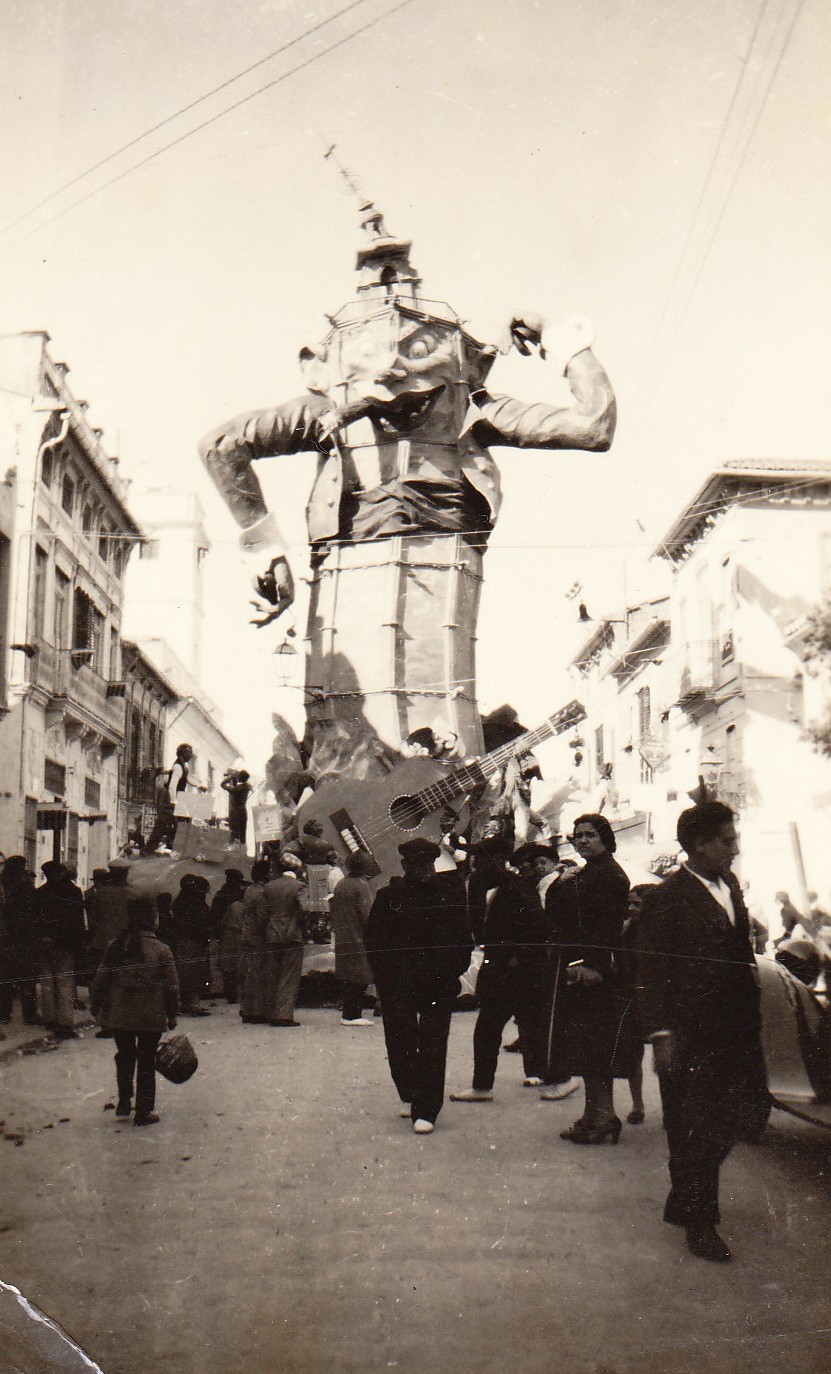
Falles is a popular festivity that has been celebrating the feast of Saint Joseph in València since the mid-18th century. Thanks to citizens and falles artists, ephemeral monuments depicting satirical images are erected on the streets of València. These monuments are made of ninots, figures that are set alight to welcome the spring on 19th March, feast of Saint Joseph. On 30th November 2016, Falles was inscribed on UNESCO’s Intangible Cultural Heritage List.
-
FALLES ARTISTS AND THE PARDON FROM FIRE
Ever since Falles began, citizens were sometimes helped at building Falles monuments by professional carpenters, painters or decorators. As time went on and the Falles festivity became more popular, a new role emerged: the falles artists, craftsmen specialized in designing and building falles, with their own workshops, techniques and style.
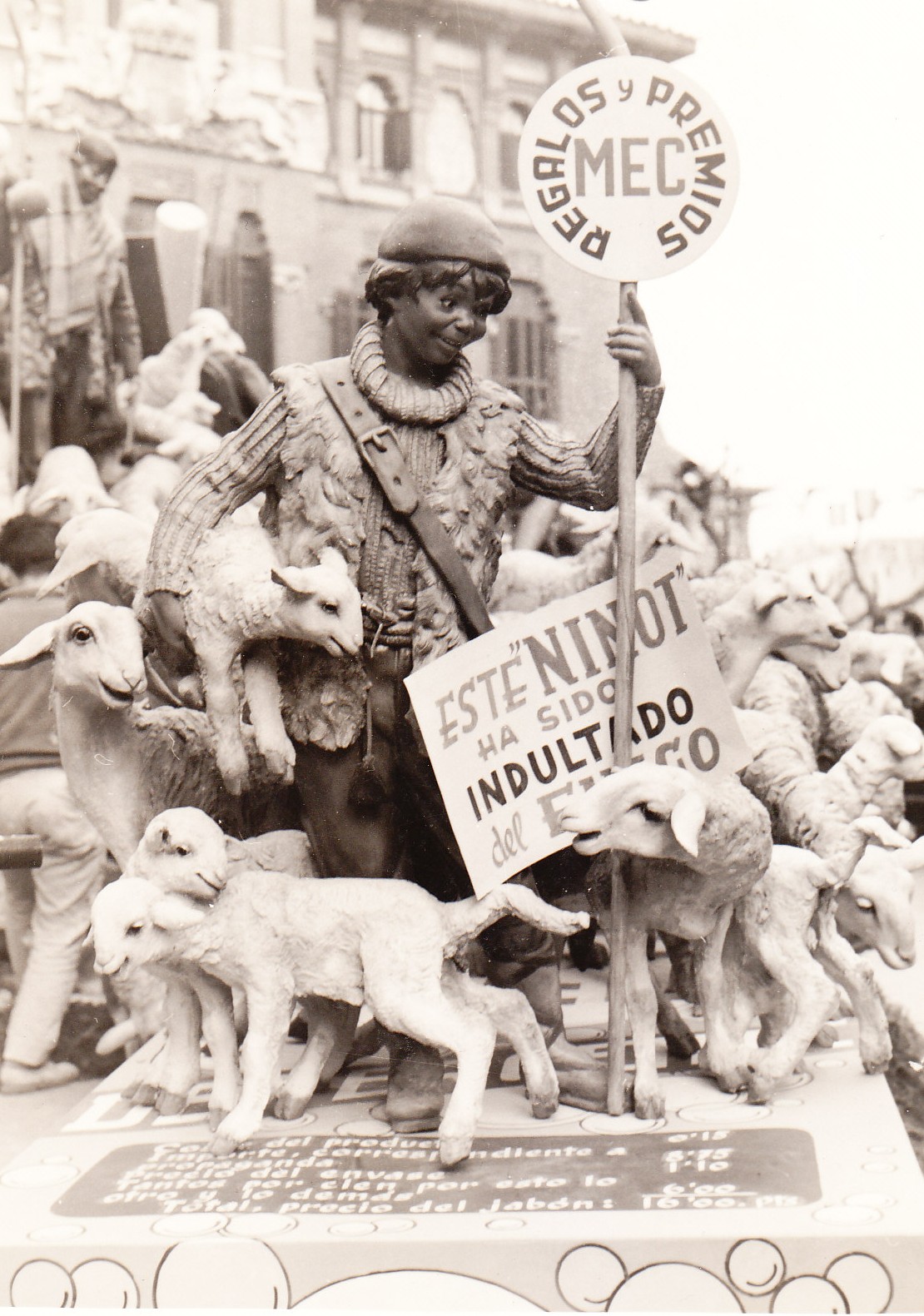
In 1934, falles artist Regino Mas put forward an initiative called Indult del foc (“pardon from fire”), which became official thanks to the gradual improvement of the artistic quality of Falles monuments, the creation of awards to the best monuments and the aforementioned emerging role of the falles artist. Every year, each comissió fallera (committee of citizens involved in the festivity) would bring in their best ninot so that the visitors could vote for the ninot that would be pardoned (and, hence, not burnt) that year.
-
THE FALLES MUSEUM OF VALÈNCIA
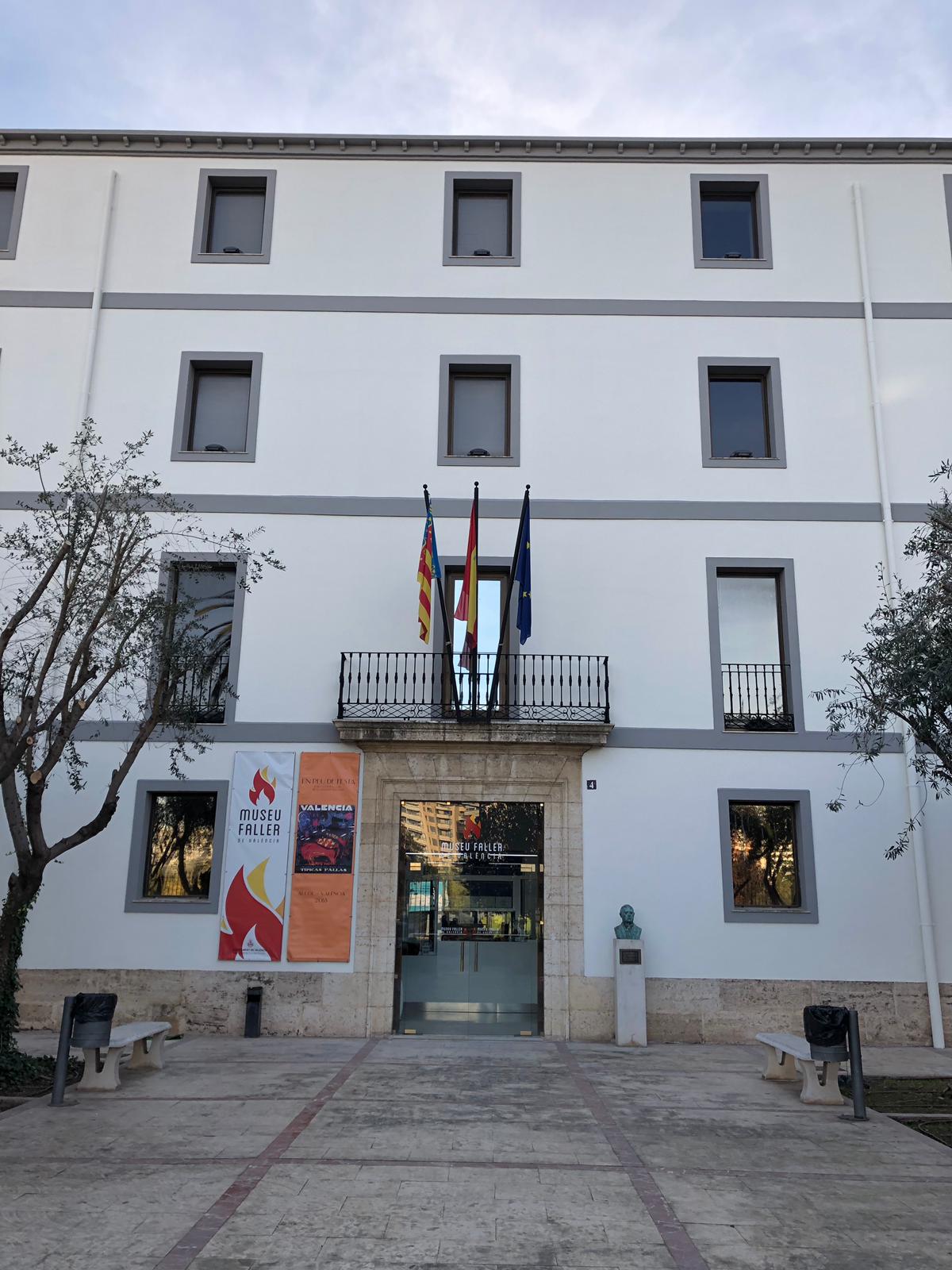
The Falles Museum of València has been located since 1971 at the building that was formerly the Convent of St. Vincent de Paul’s Mission House. It is home to the whole collection of pardoned ninots, both from the main category (from 1934) and the children’s one (from 1963). The Museum also contains the Falles festivity posters that won or were finalists (from the 1930s), the portraits of every fallera major of València (from 1995) and a collection of historical badges from the Falles committees in València.
-
-
-
THE 1930s AND THE 1940s
In the 30s and the 40s of the 20th century, ninots were built from wax, wood and cloth. they depicted traditional valencian scenes. portraits of craftsmen, popular citizens and some cinema stars were introduced later on. empathizing with the audience was key in this stage.
-
THE 50's
The narrative sense in the depicted scenes was developed from 1955 on, when communication among ninots became increasingly apparent. Social issues were the most prominent topics in this post-war period of lack of basic goods. In 1956, a ninot made of cardboard was pardoned for the first time.
-
THE 60's AND THE 70's
Satirical figures depicting comical scenes were prevailing in the sixties. Topics became progressively related to the social changes of the time – the evolution of a rapidly changing valencian society. The seventies were defined by caricature-like figures, a lowbrow humor and hardly any political content. In 1977, a ninot made solely from polyester was pardoned for the first time.
-
THE 80's AND THE 90's
The eighties saw the beginning of a new trend: depicting traditional crafts in a regretful, nostalgic way, but not yet free from mockery and caricature features. From the nineties on, deliberately moving ninots were prevailing among the pardoned figures. Artists caught the audience’s eye with touching scenes of elderly people with children and by recalling ancestral family values, traditions and kind feelings. It was in the nineties when a new material, expanded polystyrene (eps), was introduced to the making of ninots.
-
CHILDREN’S NINOTS
Children’s ninots were first pardoned in 1963. They consist on monuments made for the children in the falles committees, featuring local tradition topics and characters from popular stories as well as tv shows and movies. References to the valencian culture and figures of rather moody falleres are also popular in this category. Children’s ninots tend to depict fantastic worlds along with historical and mythical motifs, and they usually show a wide range of tenderness displays.
-
FALLES POSTERS
Posters announcing falles are edited each year in order to promote the festivity and its most appealing and most significant aspects. Our first poster, designed by josep segrelles, dates from 1929. Since then, a large collection of the works of great valencian designers has been created, showing varied styles and trends.
http://www.fallas.com/index.php/es/main-historico-es/3084-historico-carteles-de-fallas -
THE BADGES OF THE FALLES COMMITEES
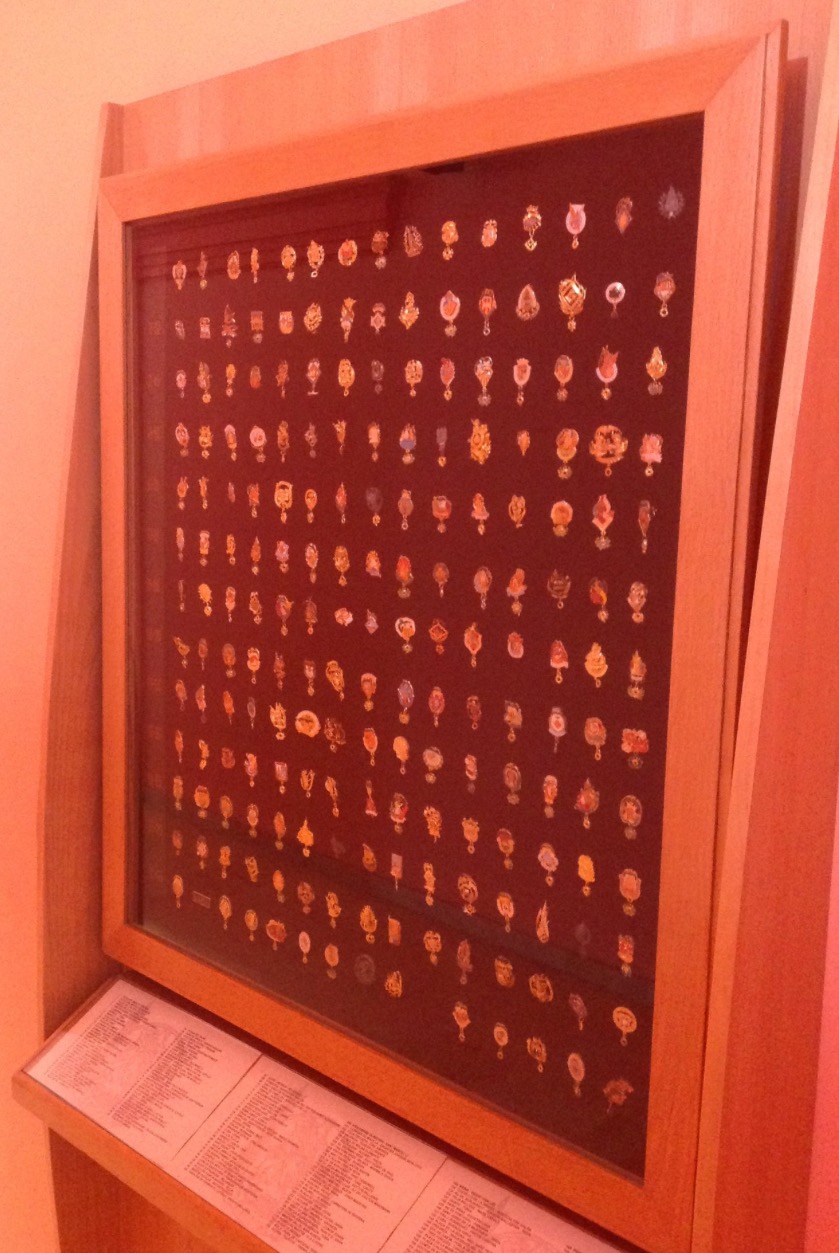
The badges are the iconographic and heraldic expression of the way falles associations present themselves. These comissions falleres (falles committees) generate a huge associative network that allows for the continuity of this festivity.
-
VALÈNCIA’S FALLERA MAJOR
The Fallera Major is a symbolic figure in the falles festivity. The role was created in 1931 and became established later on thanks to a series of festive rituals aimed at acclaiming her. The fallera major’s reign lasts for a year and turns her into the main feminine emblem of the falles community, which worships her as can be appreciated in the collection of portraits of valència’s falleres majors exhibited at the falles museum of valència.
-
-
-
Research Articles
 La falla clàssica (1940-1990). Academicisme, variants i obertura
La falla clàssica (1940-1990). Academicisme, variants i obertura  La falla digital. Nous models de comunicació amb el públic
La falla digital. Nous models de comunicació amb el públic  Les falles i la febre cultural
Les falles i la febre cultural  Noves tecnologies i creativitat
Noves tecnologies i creativitat  Quedar-se plantat una nit o moltes. De la plantà al tomb a les grues
Quedar-se plantat una nit o moltes. De la plantà al tomb a les grues  Regino Mas (1899 - 1968)
Regino Mas (1899 - 1968)  Salvador Debón (1923 - 2008)
Salvador Debón (1923 - 2008)  Sobre la figura del mantenidor de les presentacions falleres i la seua aportació literària
Sobre la figura del mantenidor de les presentacions falleres i la seua aportació literària  Flames en dos ciutats
Flames en dos ciutats  Les falles i la política: entre el valencianisme i el poder. 1a part (1850-1962)
Les falles i la política: entre el valencianisme i el poder. 1a part (1850-1962) Les falles i la política: entre el valencianisme i el poder 2a part (1962-2018)
Les falles i la política: entre el valencianisme i el poder 2a part (1962-2018) Enrònies que perduren
Enrònies que perduren Algunes reflexions sobre Falles i disseny a la primera vintena del segle XX
Algunes reflexions sobre Falles i disseny a la primera vintena del segle XX Falles experimentals: diferents per obligación
Falles experimentals: diferents per obligación
-
Bibliografia sobre Falles
Bibliografia general
- ALMELA I VIVES, F (2006): Las fallas, Paiporta, Denes.
- ARIÑO, A (1992): La ciudad ritual. La fiesta de las Fallas, Barcelona, Anthropos.
- ASSOCIACIÓ D'ESTUDIS FALLERS (1996): La festa de les Falles, València, Consell Valencià de Cultura.
- DD.
AA (1990): Historia de las Fallas, Valencia, Levante-El Mercantil Valenciano. - FUSTER, J (1967): Combustible per a Falles, València, Garbí.
Reeditado en Alzira, Bromera, 1992. - PÉREZ PUCHE, F - LLADRÓ, V (1978): Fallas en su tinta: 1939-1975, Valencia, Prometeo.
- SOLER I GODES, E (1978): Las Fallas de Valencia: 1849-1977, Valencia, Semana Gráfica.
- TÍVOLI, J (dir.) (2009): Falles de València, en blanc i negre, Alcoi, Tívoli.
Bibliografia sobre art faller
- ARIÑO, A (dir.) (1993): Los escultores del fuego. Introducción a la historia del Gremio Artesano de Artistas Falleros de Valencia, Valencia, Diputació de València.
- CASTELLÓ, J, SANCHIS, M i MIR, H (2001): Fallas infantiles: juego y tradición, Valencia, Ayuntamiento de Valencia.
- CATALÀ, J.I (Coord.) (2008): Falles i art: 40 anys transitant per la frontera, València, Universitat Politècnica de València.
- CATALÀ, J.I (Coord.) (2011): La falla com a artefacte tecnològic, València, Universitat Politècnica de València.
- COLOMINA, A (2006): La conservació del ninot indultat. Estudi tècnic i criteris de restauració, Gandia, CEIC Alfons El Vell.
- CONTRERAS JUESAS, R (1998): Los carteles de fallas de Valencia, Valencia, Ayuntamiento de Valencia.
- DD.
AA (1995): Barrejat de Cinema amb Falles (Papers d’investigació), València, Generalitat Valenciana-Fundació Ausiàs March. - HERNÀNDEZ, GM(Coord.) (2002): L’indult del foc.
Catàleg raonat de la col·lecció de ninots indultats del Museu Faller, vol.I, València, Ajuntament de València.
- HERNÀNDEZ, GM(Coord.) (2003): L’indult del foc. Catàleg raonat de la col·lecció de ninots indultats del Museu Faller, vol. II, València, Ajuntament de València.
- HERNÀNDEZ, GM(Coord.) (2005): L’indult del foc. Catàleg raonat de la col·lecció de ninots indultats del Museu Faller, vol.III, València, Ajuntament de València.
- MOZAS, J i MARIN, J,Ll (2010): Guia del Museu Faller de València, València, Associació d’Estudis Fallers.
Bibliografia sobre dimensions de la festa fallera
- COSTA, X (2003).
Sociabilidad y esfera pública en la fiesta de las Fallas de Valencia, València, Biblioteca Valenciana. - DOMÍNGUEZ, M (2005): Fallas de Primera, Valencia, federació de Falles de Primera A.
- HERNÁNDEZ, GM(1996): Falles i franquisme a València, Catarroja, Afers.
- MARIN, J.Ll (2010): Sàtira i falles. Les explicacions falleres de Bernat i Baldoví, València, Publicacions de la Universitat de València.
- MARIN, J. Ll (2014): El llibret de falla. Explicació i relació de la festa (1850-2014), València, Consorci de Museus de la Comunitat Valencian-Generalitat Valenciana.
- ALMELA I VIVES, F (2006): Las fallas, Paiporta, Denes.
-
Versafalles
Dins de les activitats programades per a la promoció del valencià des de l'Ajuntament de València, la Regidoria de Cultura Festiva, en col·laboració amb el Gabinet de Normalització Lingüística de l’Ajuntament de València, organitzan la campanya Versafalles dirigida als centres de primària, secundària i batxillerat de la ciutat de València. La campanya relaciona el coneixement de la poesia contemporània en valencià amb la col·lecció de ninots indultats del Museu Faller de València a l’alumnat de la ciutat de València. El quaderns amb els poemes utilitzats en la campanya Versafalles han sigut editatats per la Regidoria de Cultura Festiva, amb continguts elaborats pel Gabinet de Normalització Lingüística de l’Ajuntament de València.
-
Links
- Museu Valencià d'Etnologia
- http://www.museuvalenciaetnologia.es/
- Museu Valencià de la Festa
- http://www.museuvalenciadelafesta.com/es
- Museu Faller de Gandia
- http://www.fallesdegandia.org/museu-faller-de-gandia/
- Museu Alcoià de la Festa
- http://www.asjordi.org/museo/88/el-museu-alcoia-de-la-festa-maf.html
- Museu de l'Art Major de la Seda
- https://www.museodelasedavalencia.com/
- Casa-Museo José Segrelles d'Albaida
- http://www.museosegrelles.es/
- Gremi Artesà d'Artistes Fallers
- http://www.gremiodeartistasfalleros.com/
- Junta Central Fallera
- http://www.fallas.com/
-





